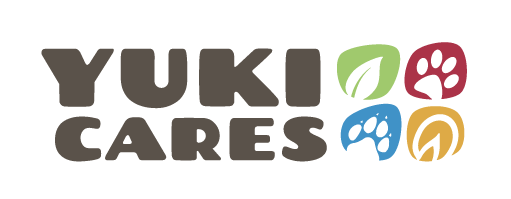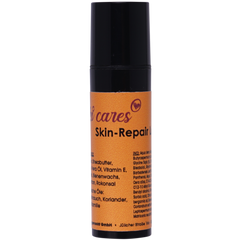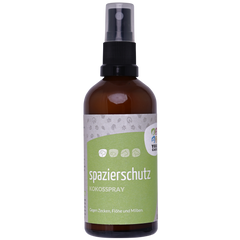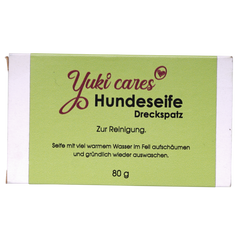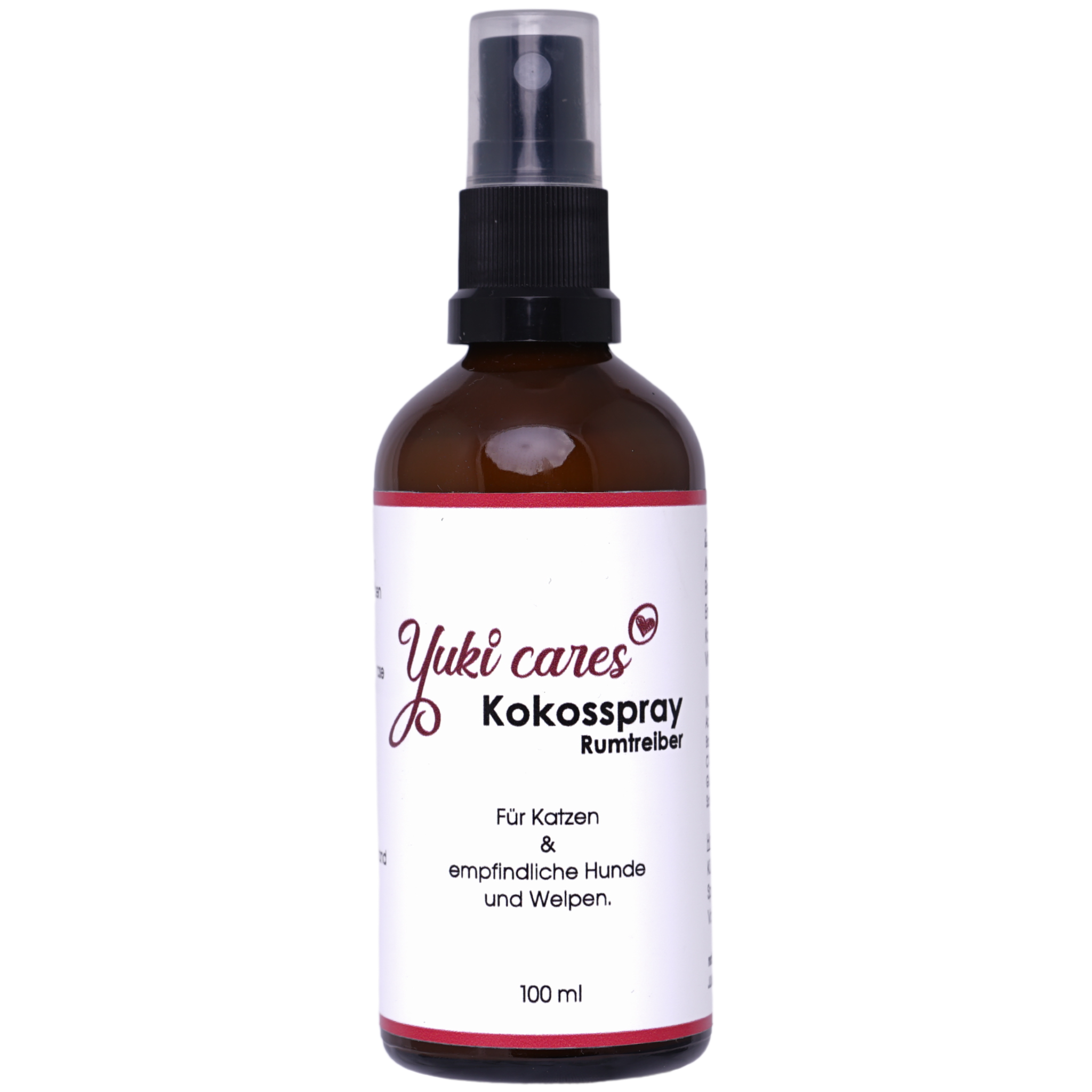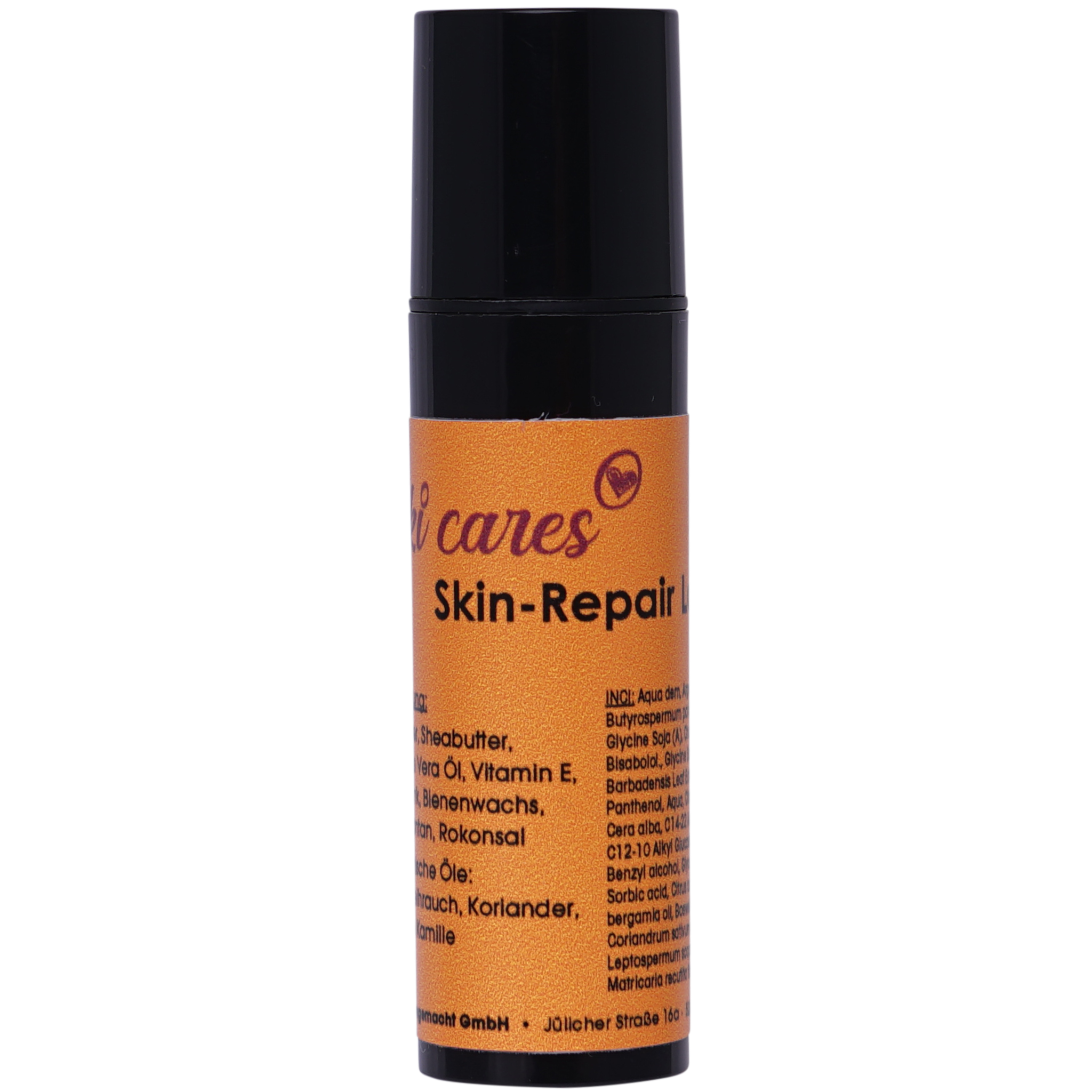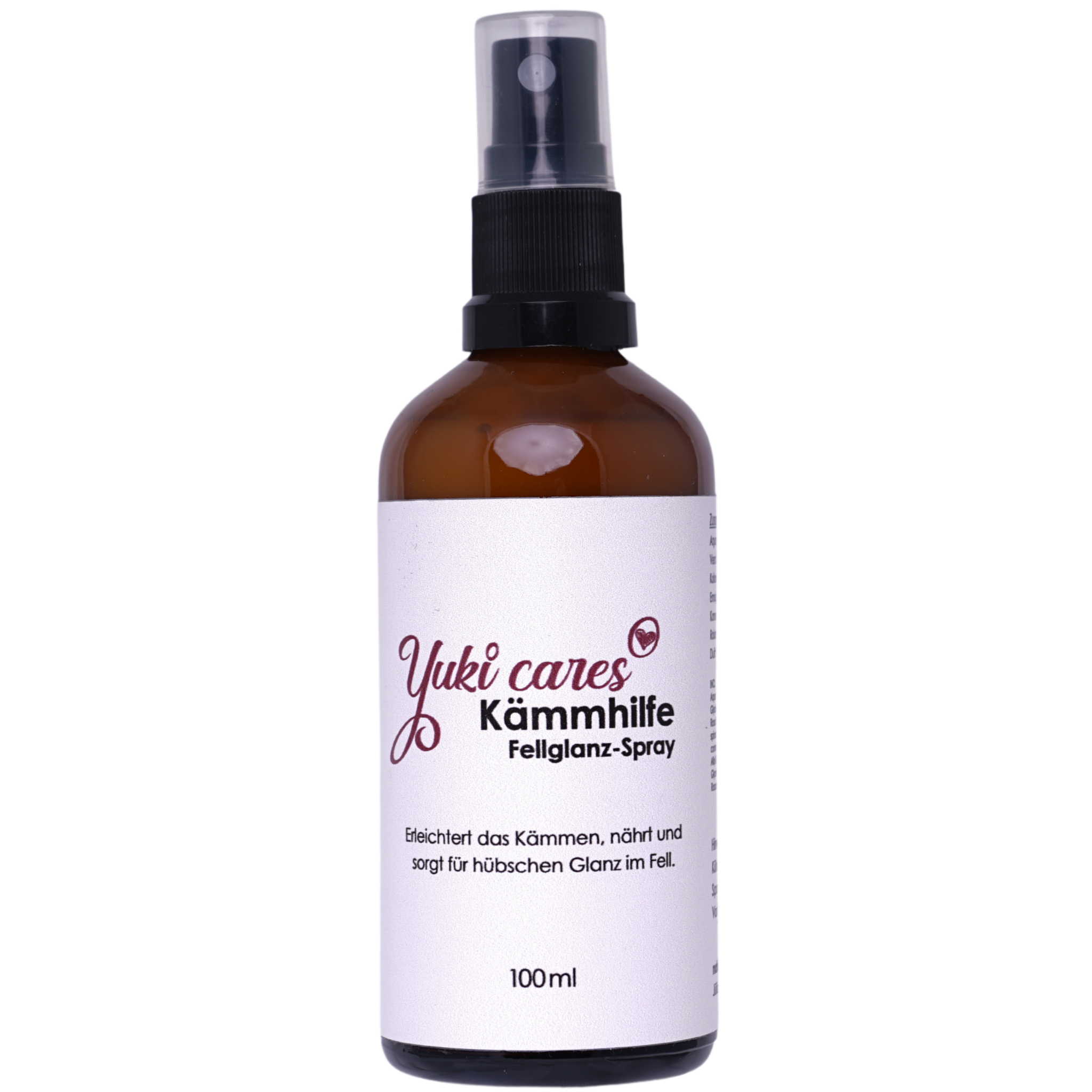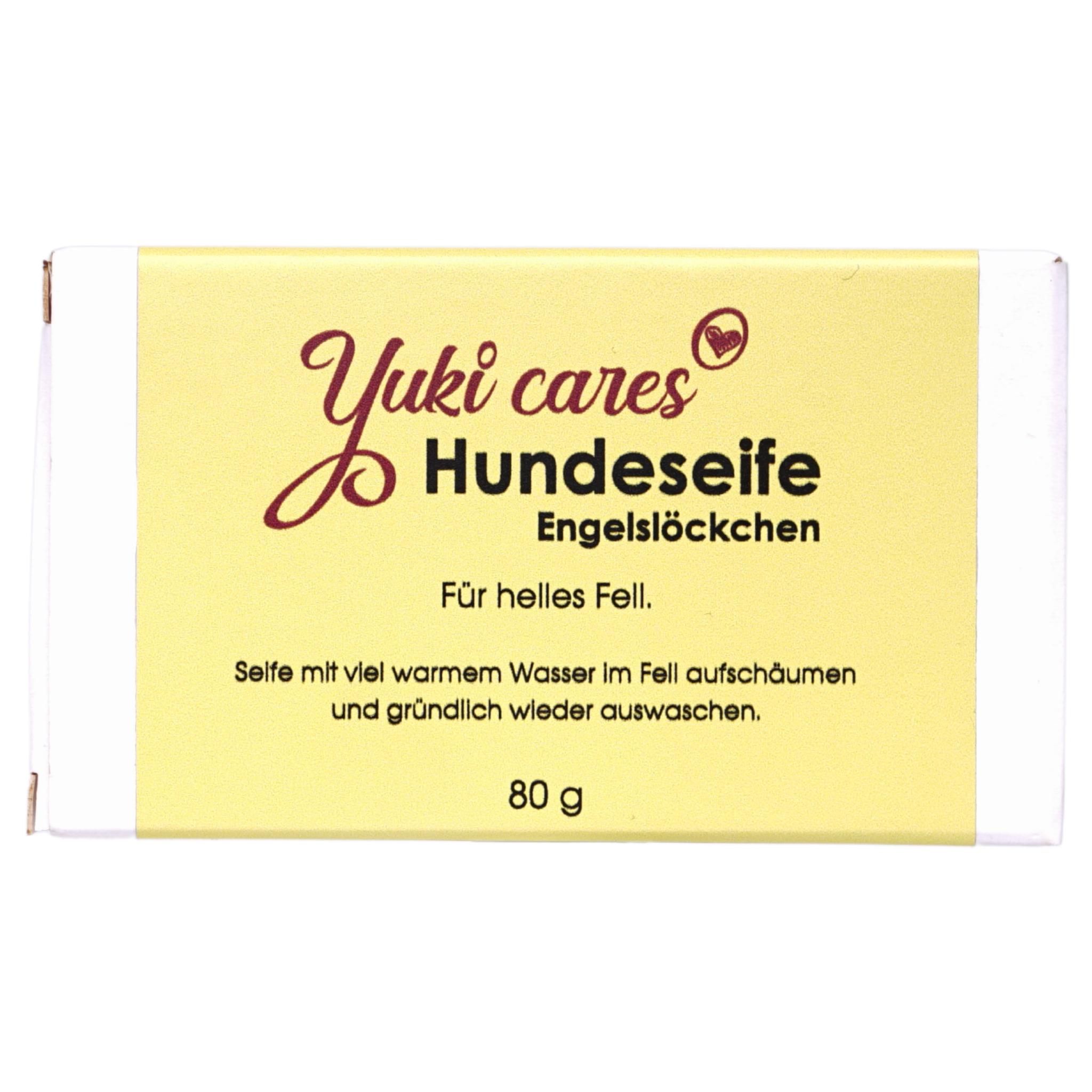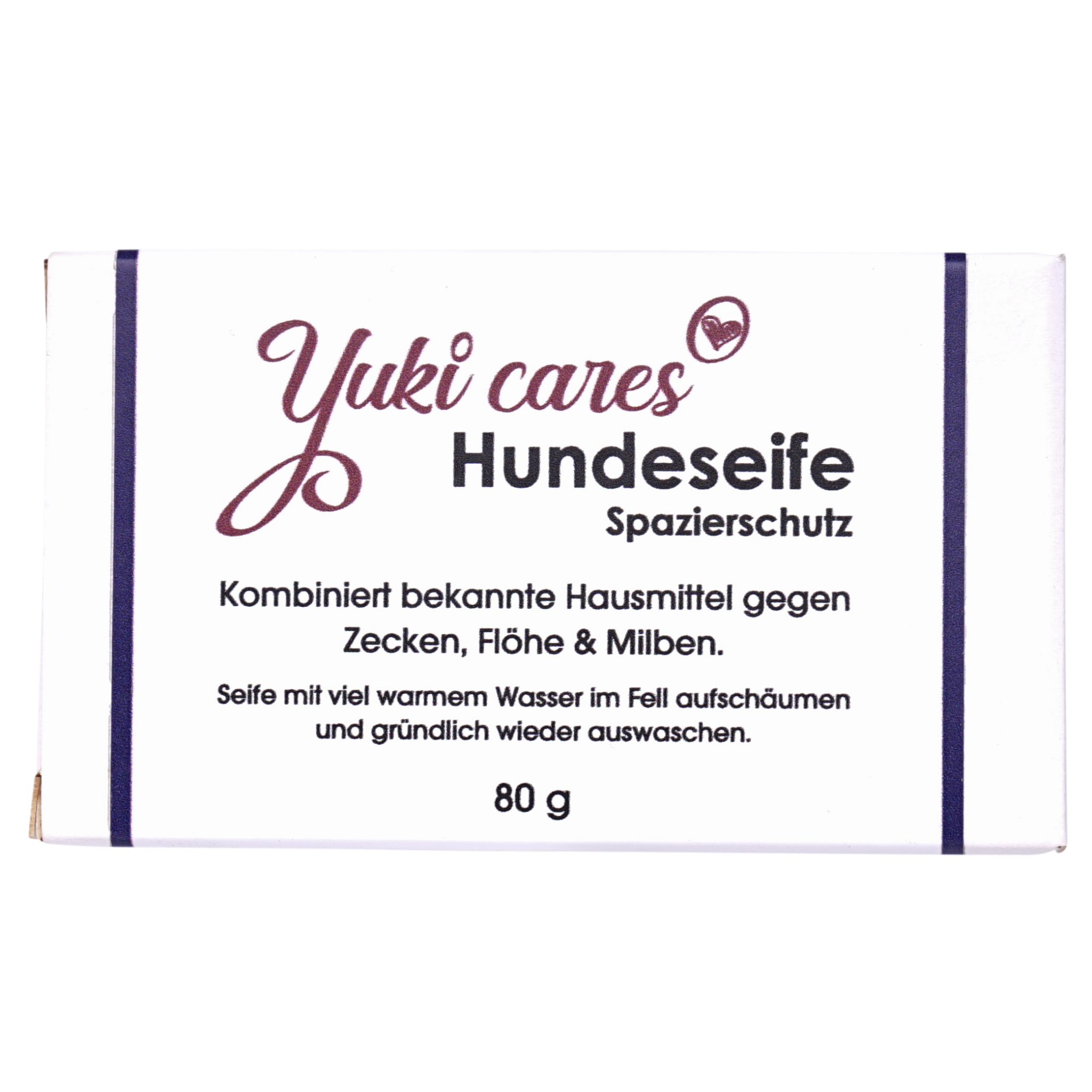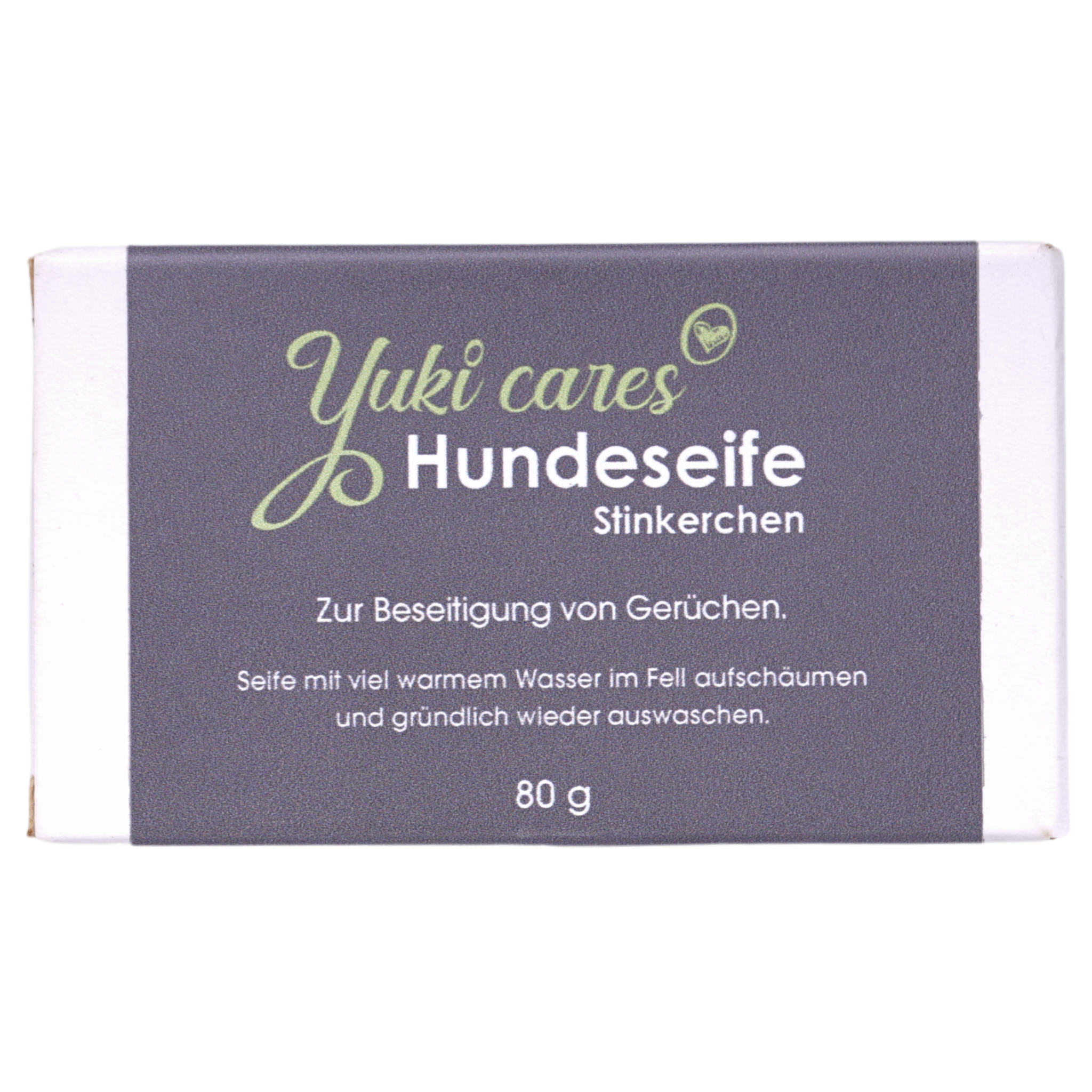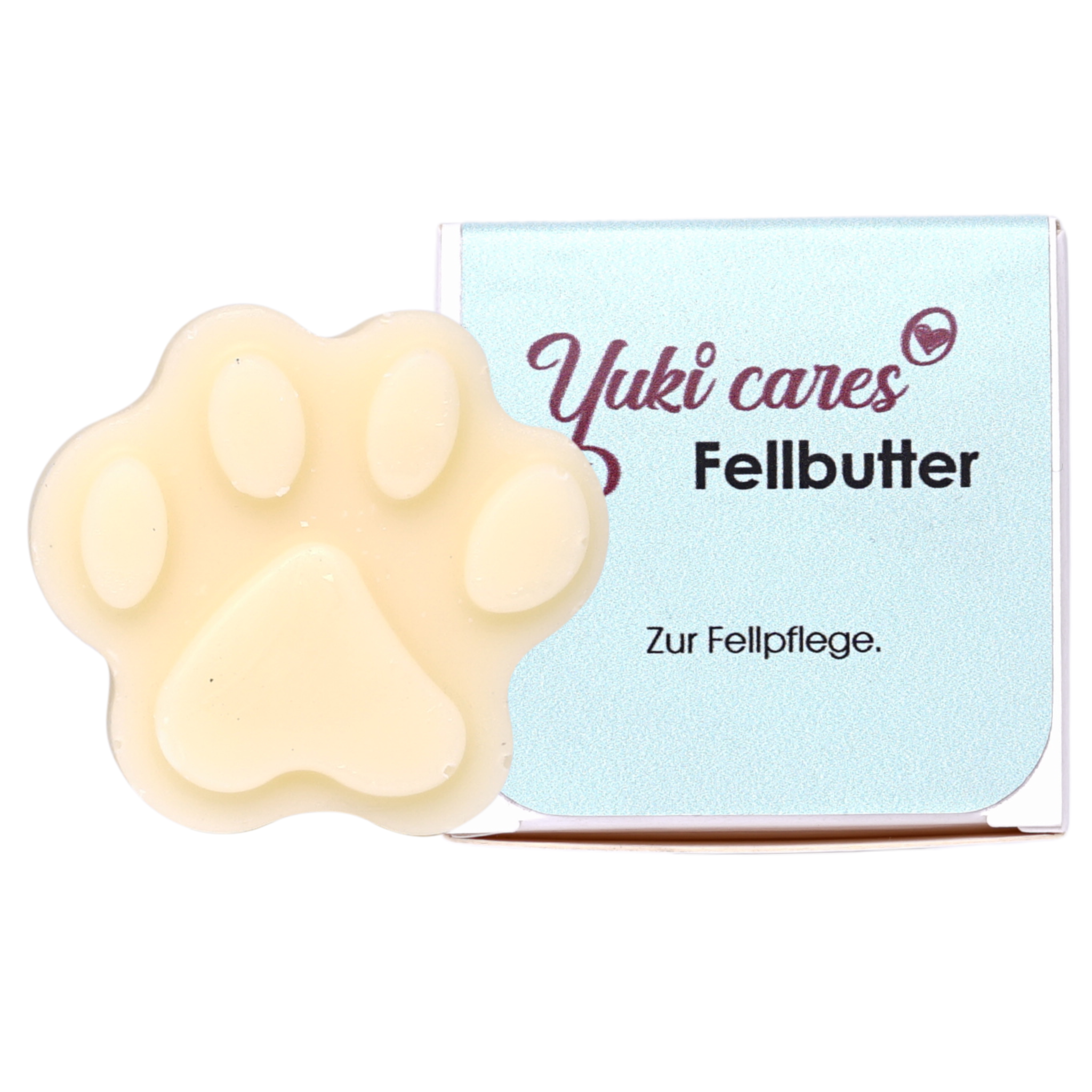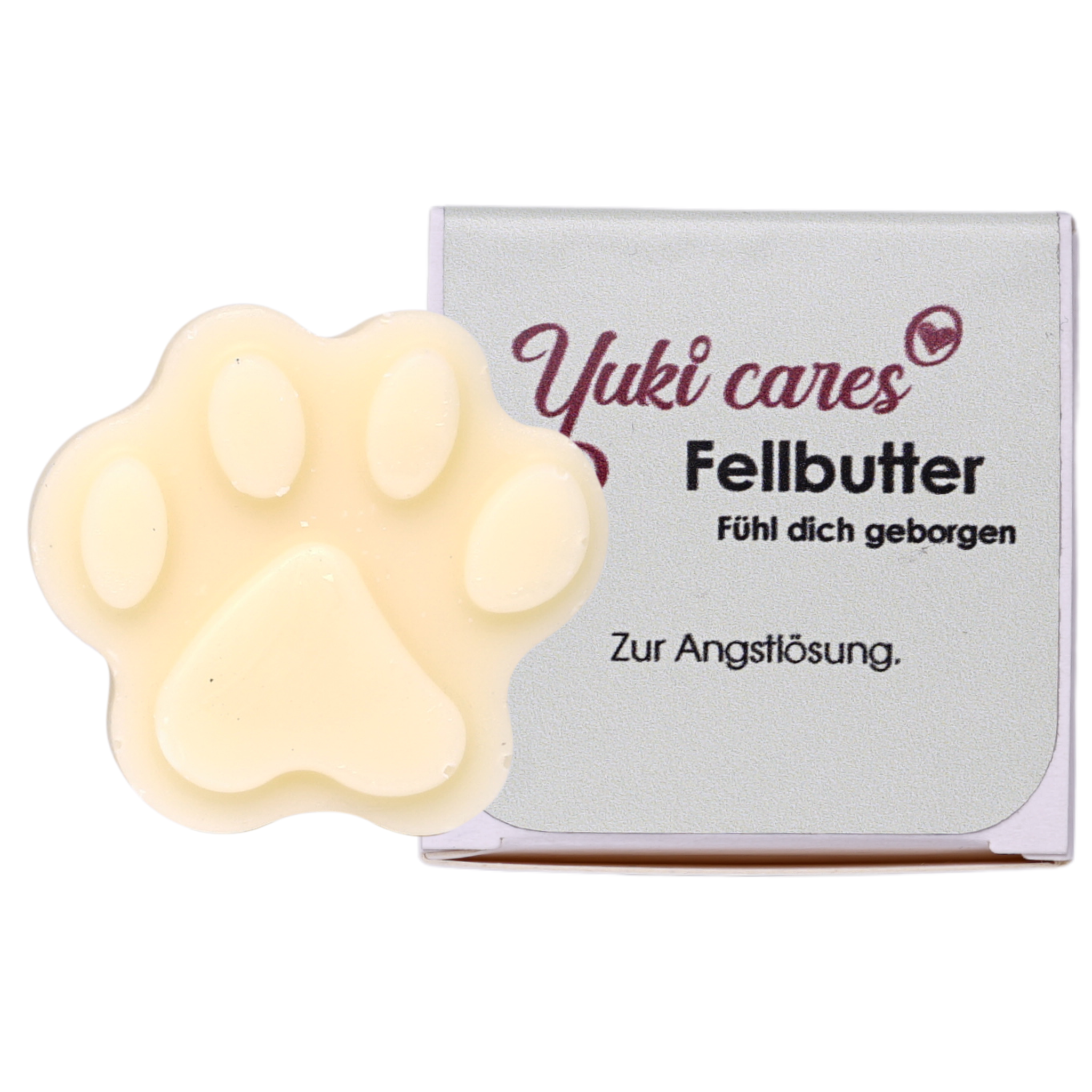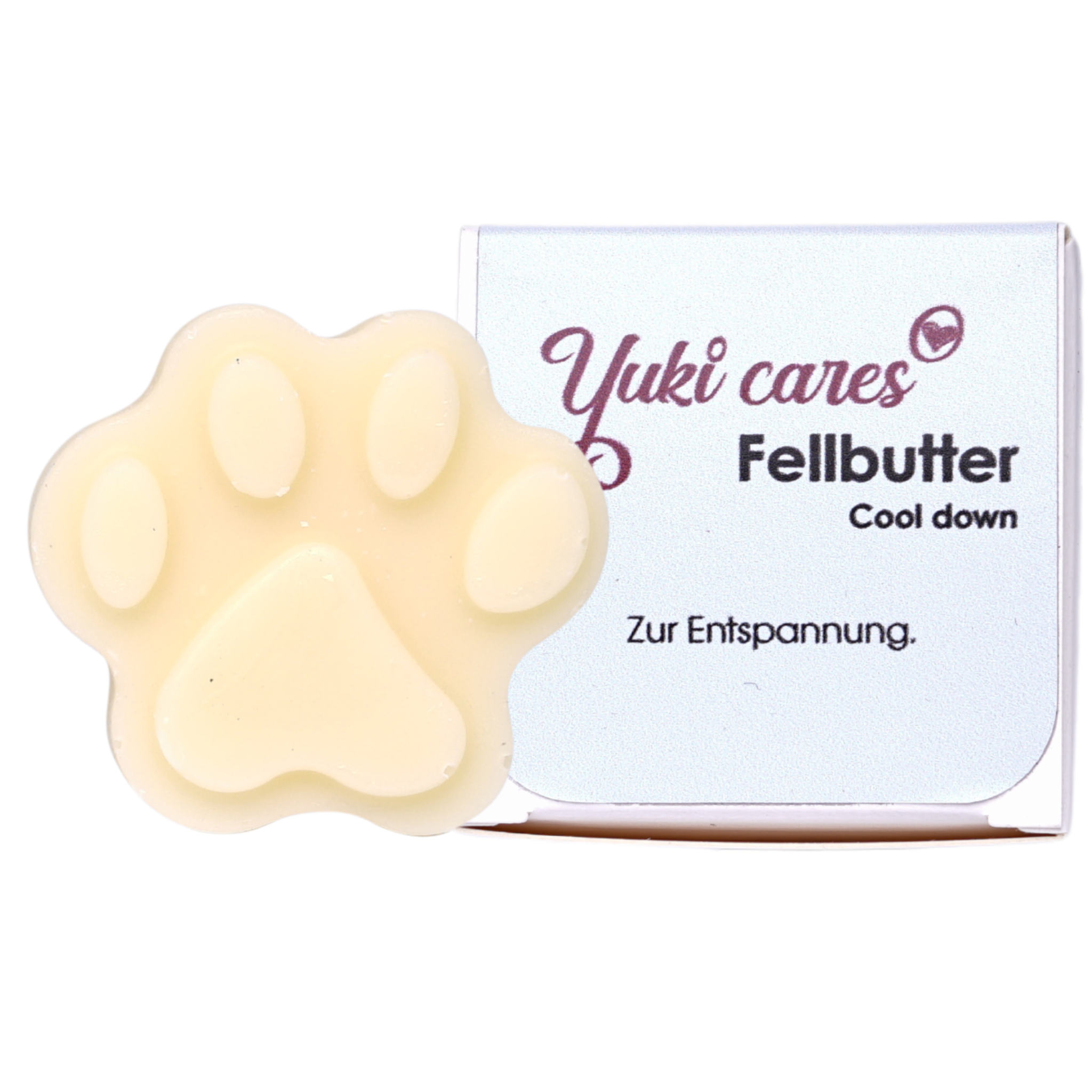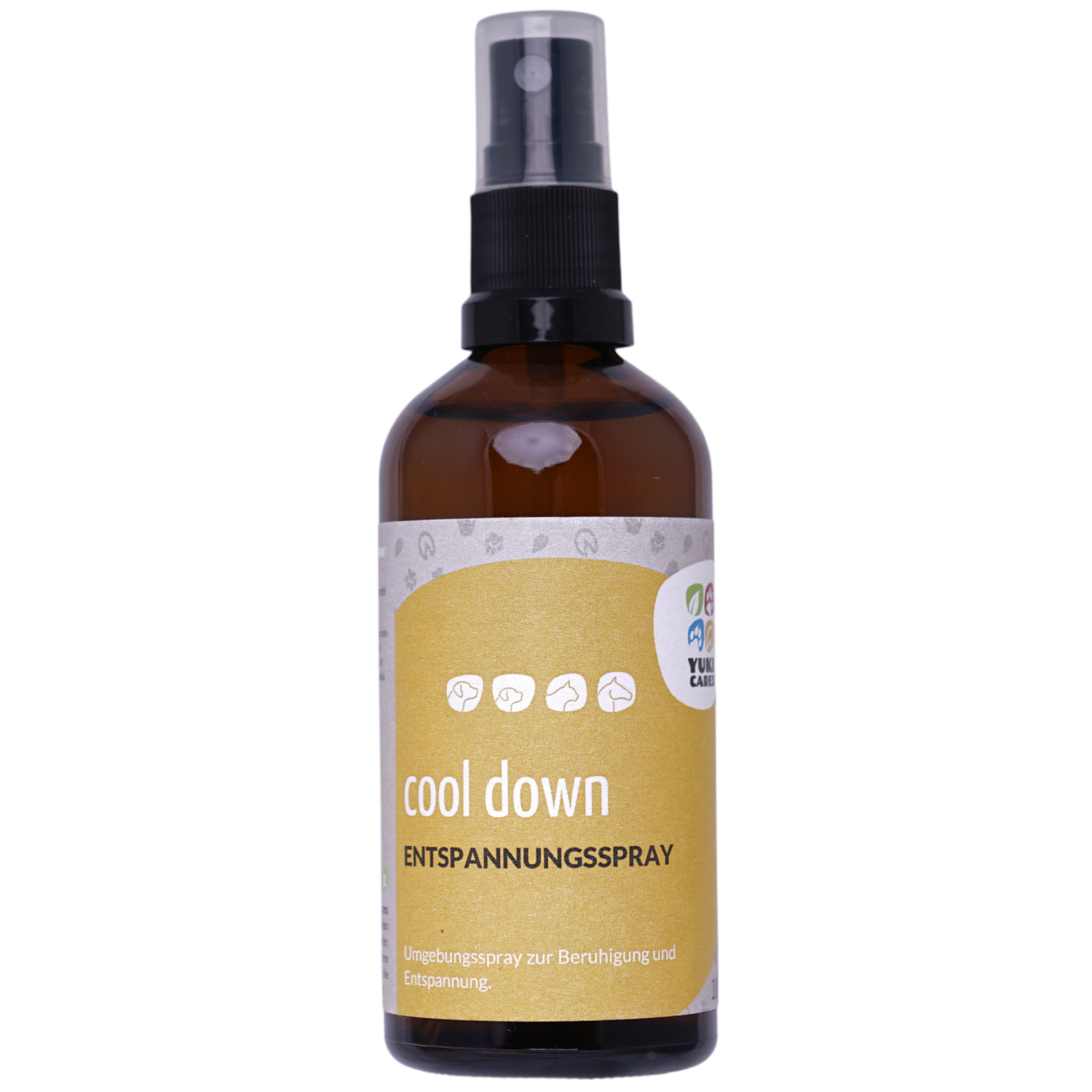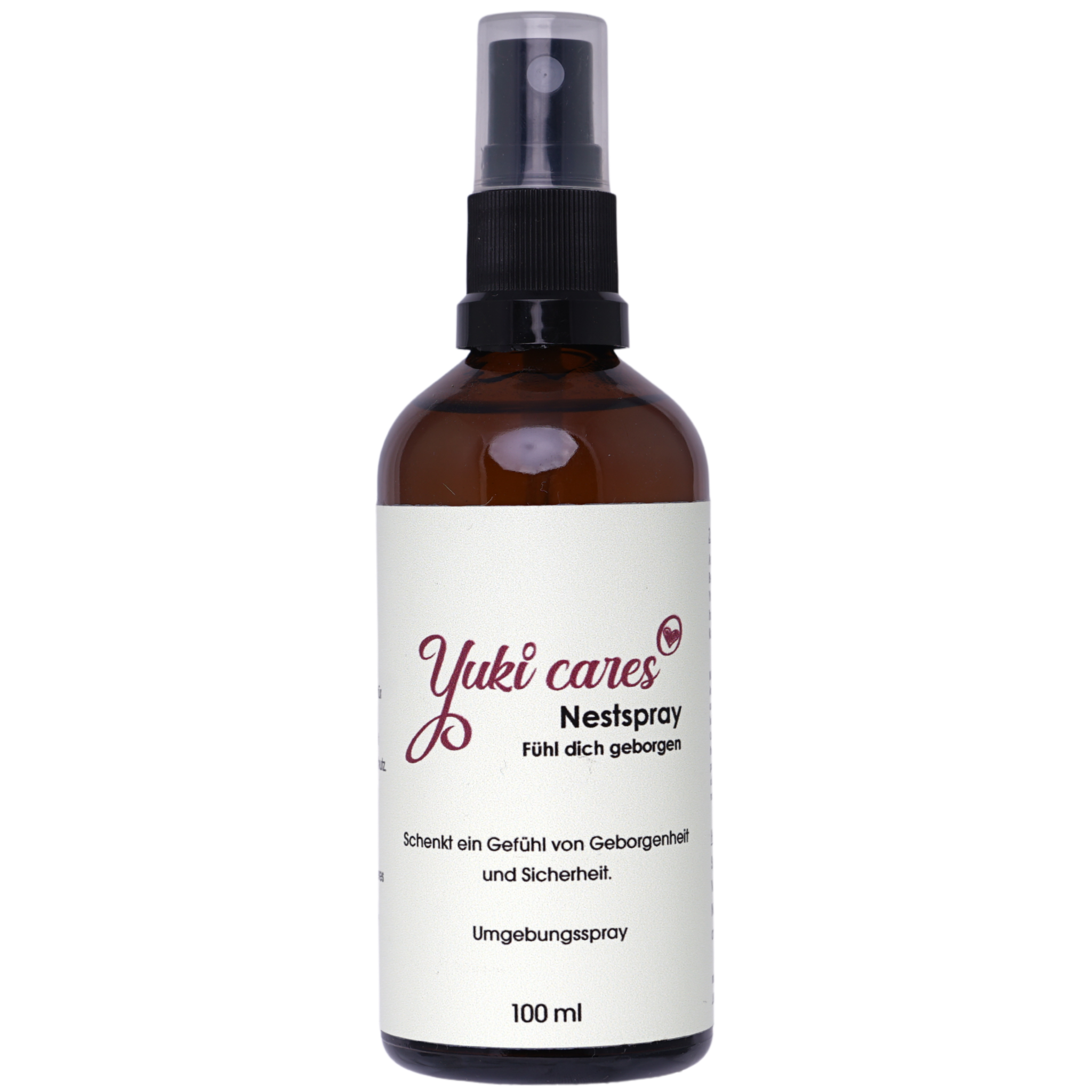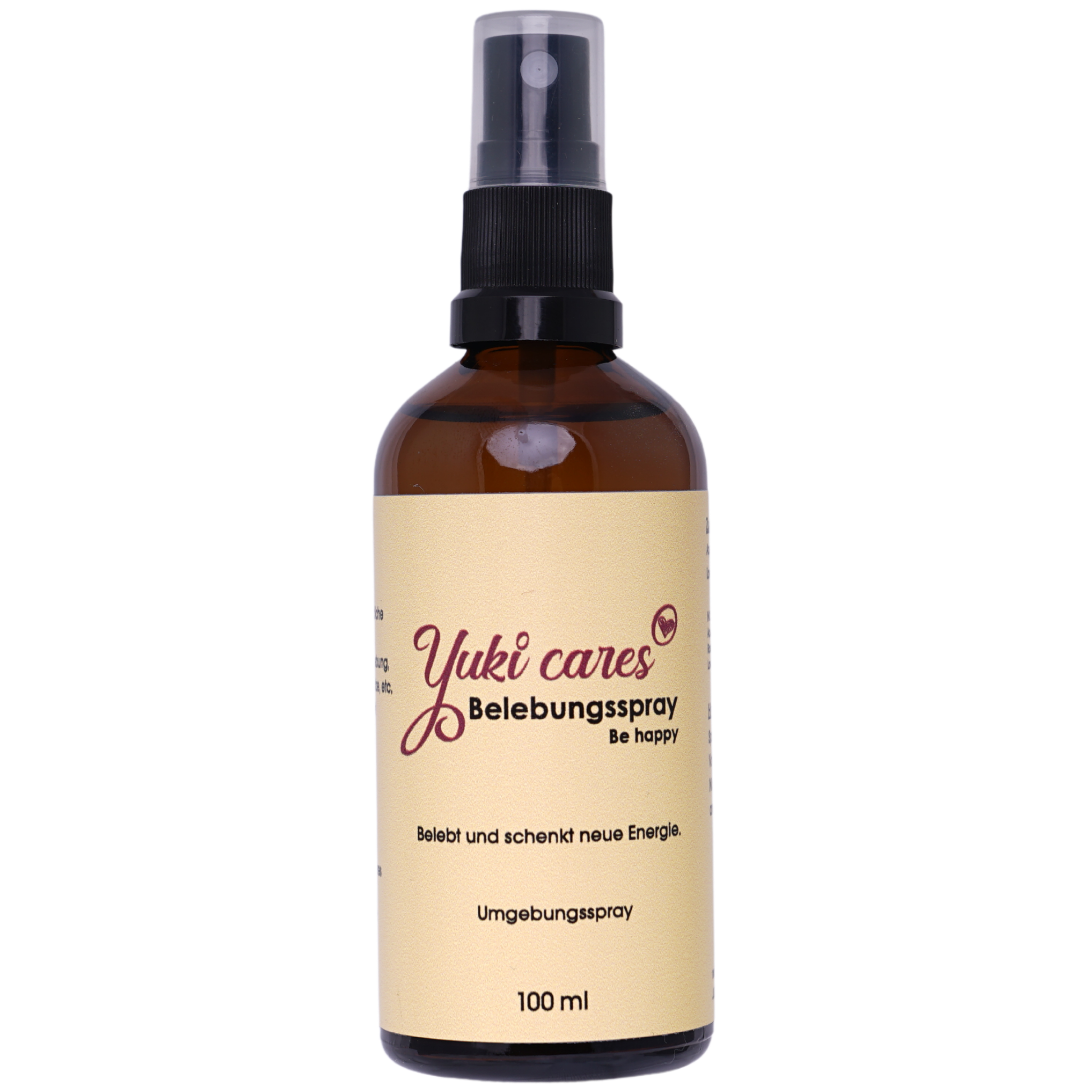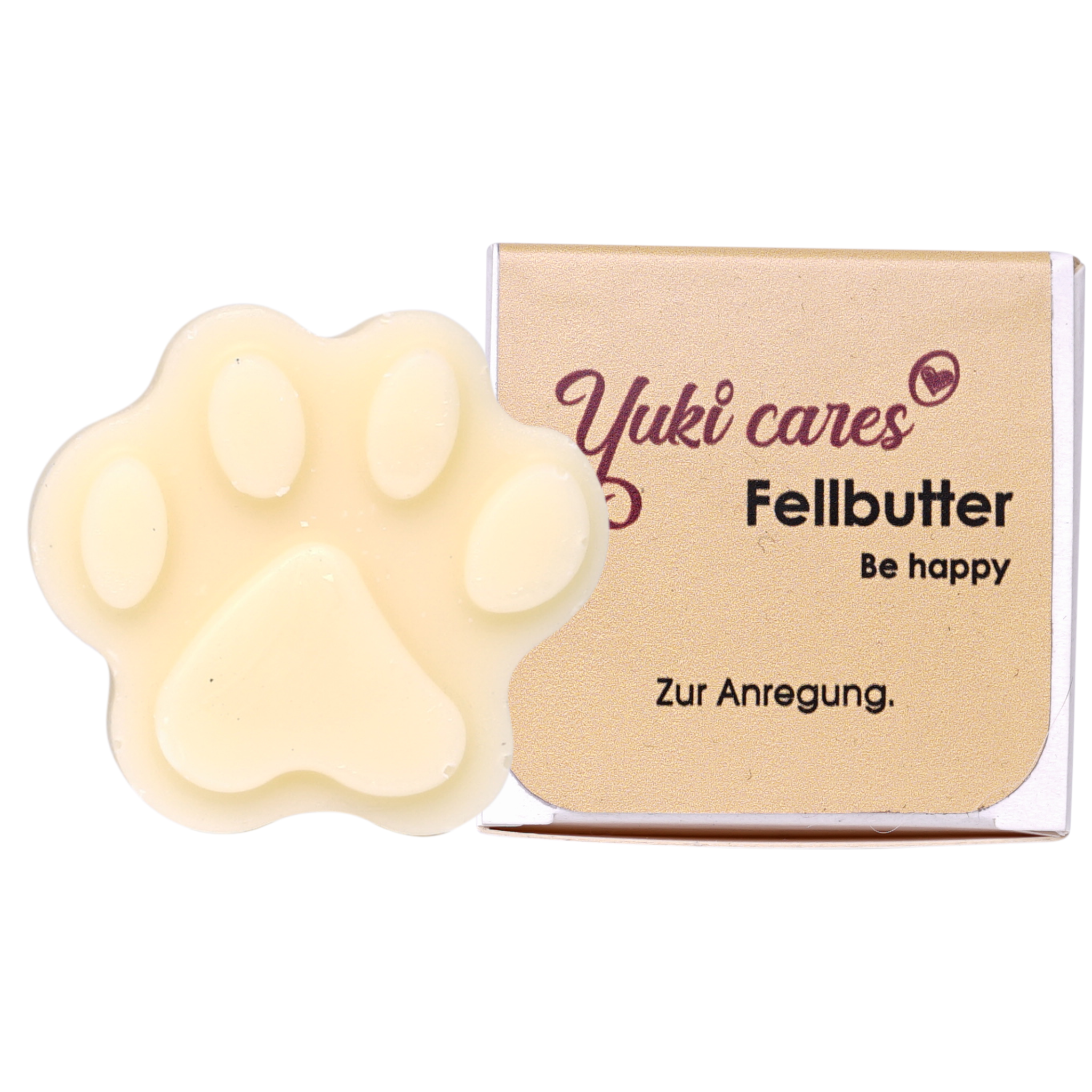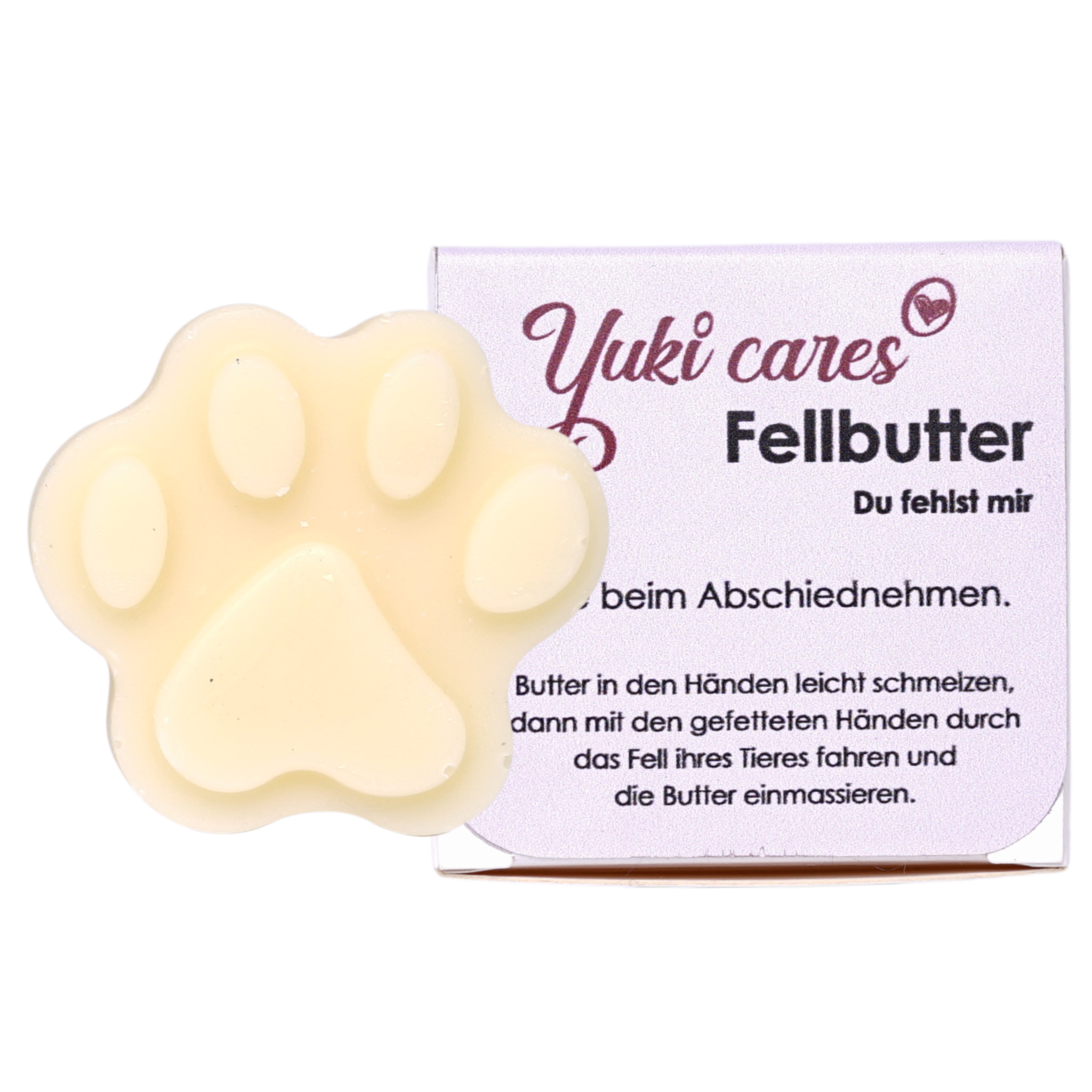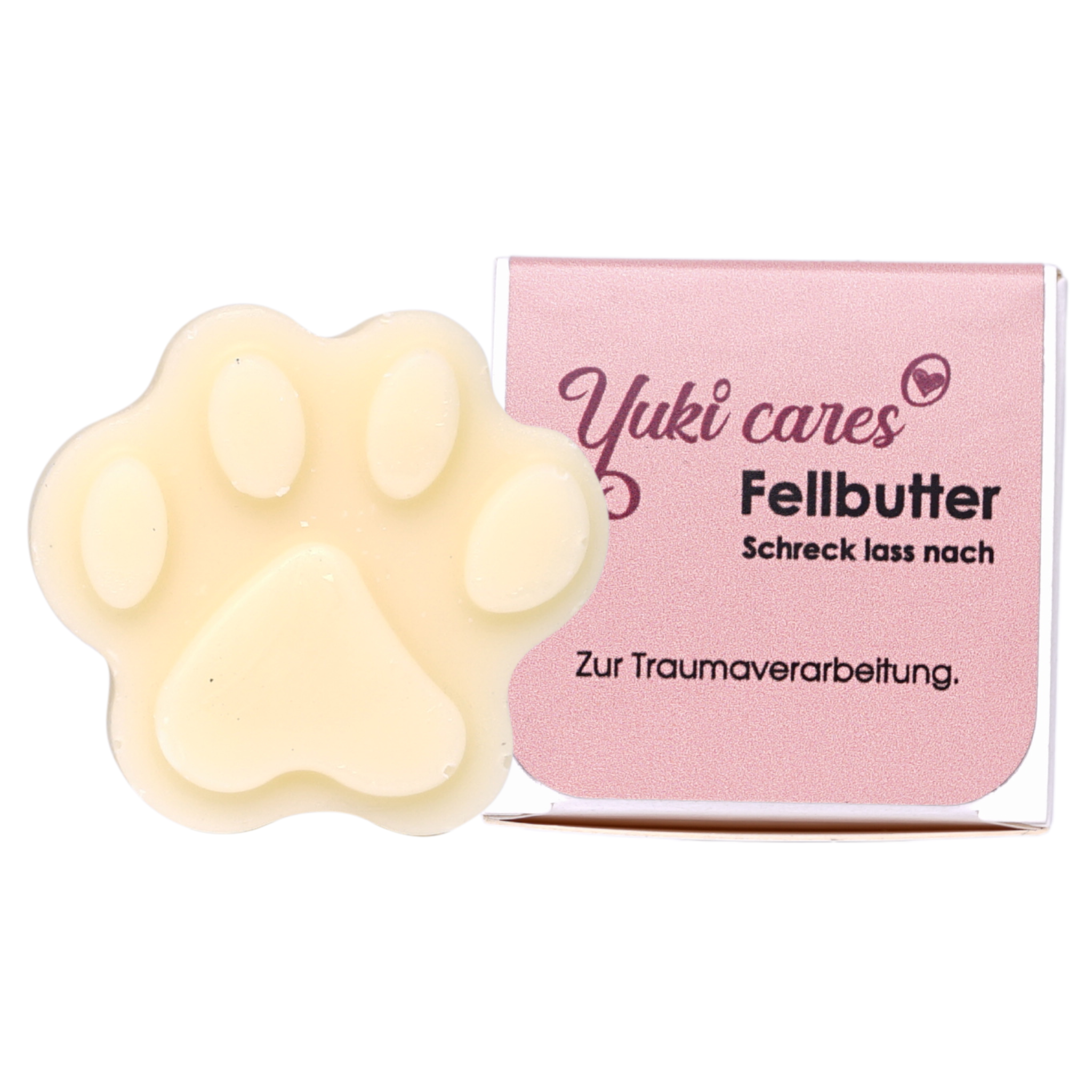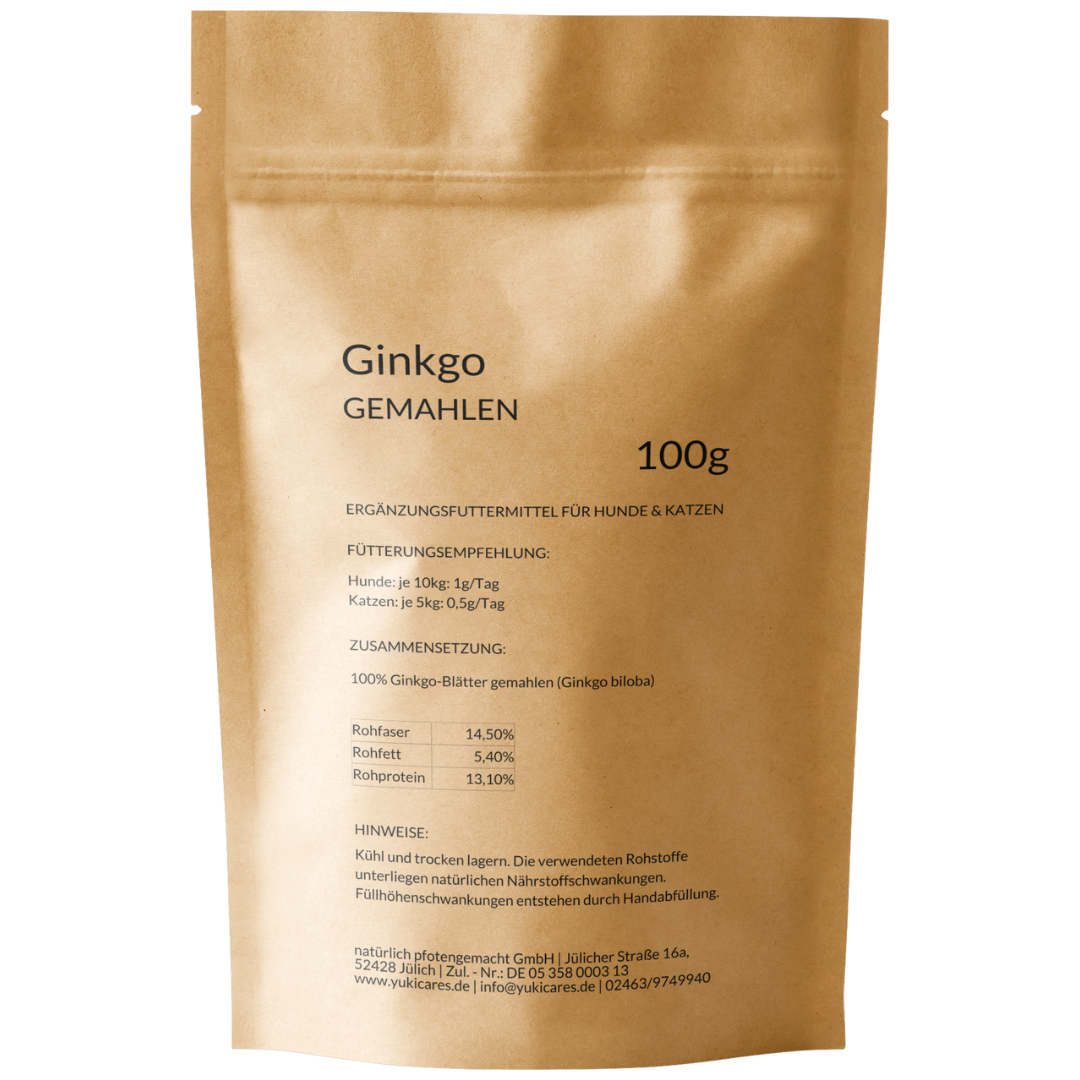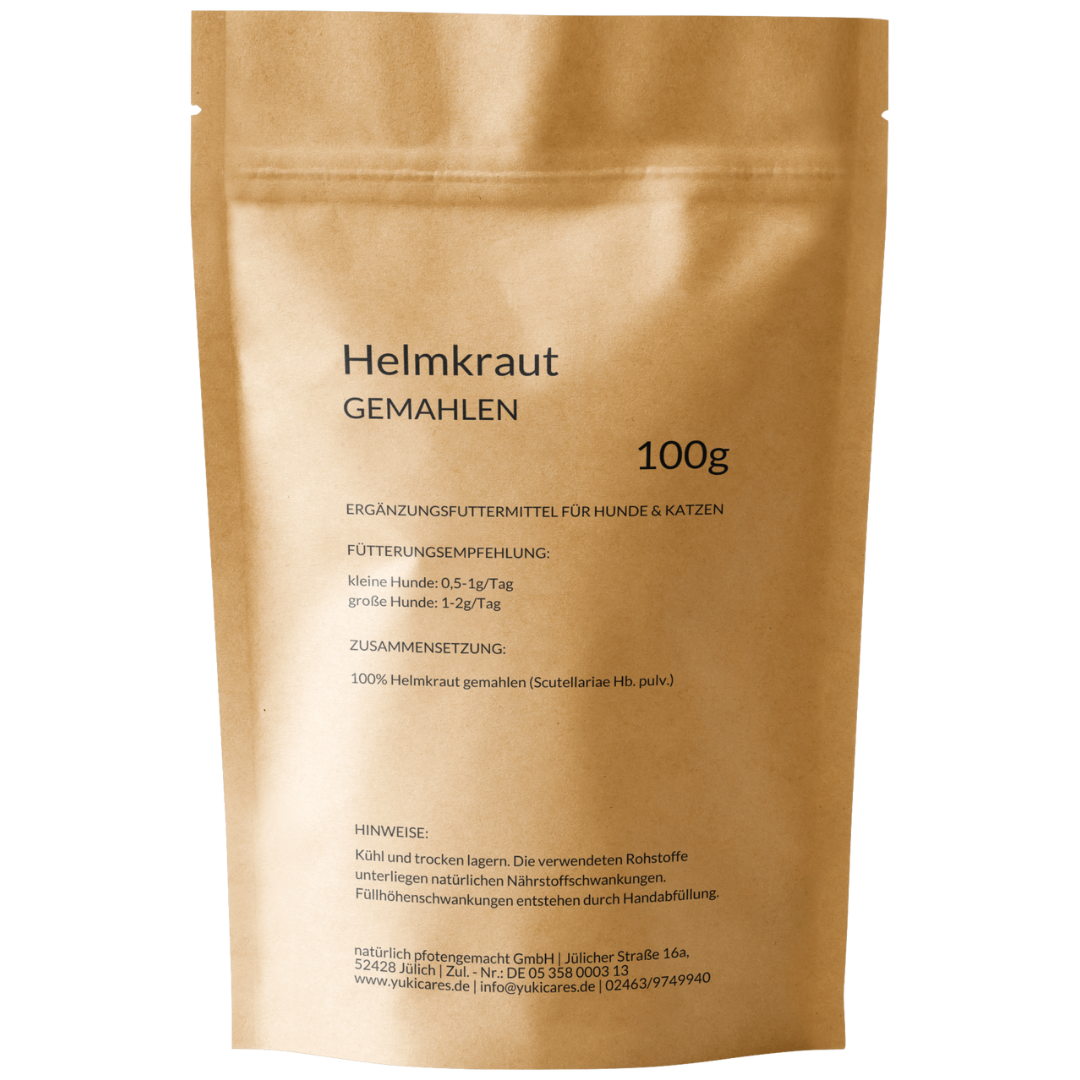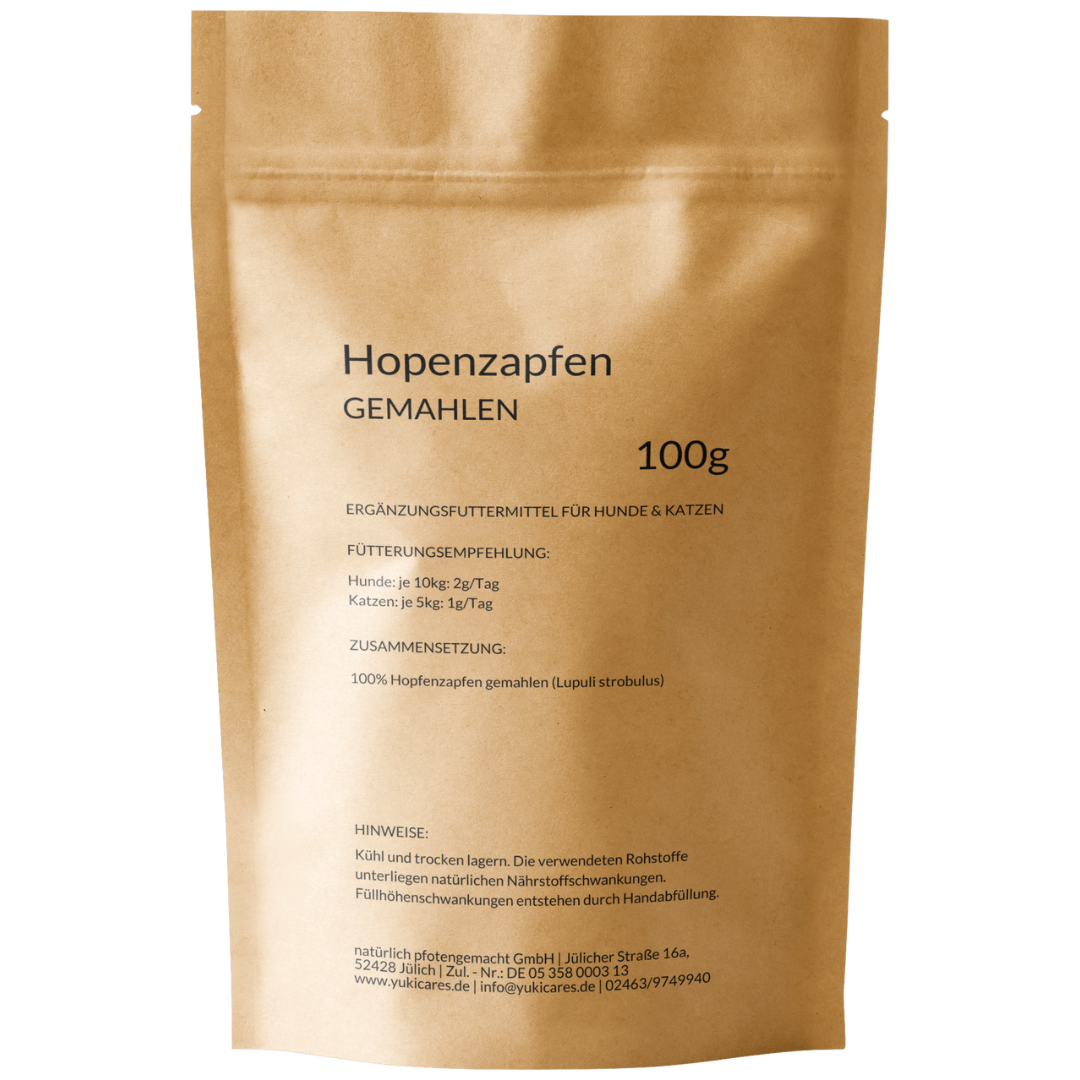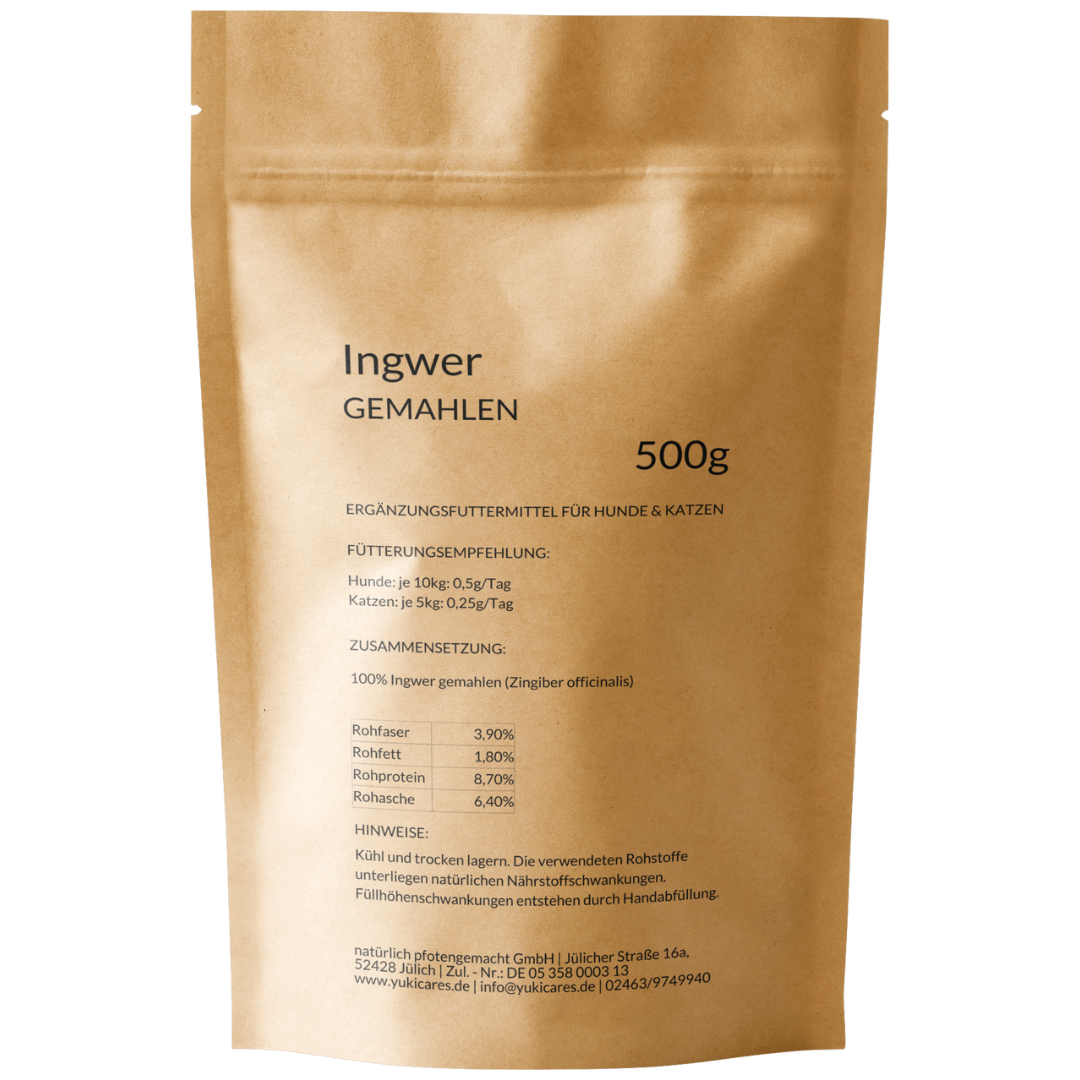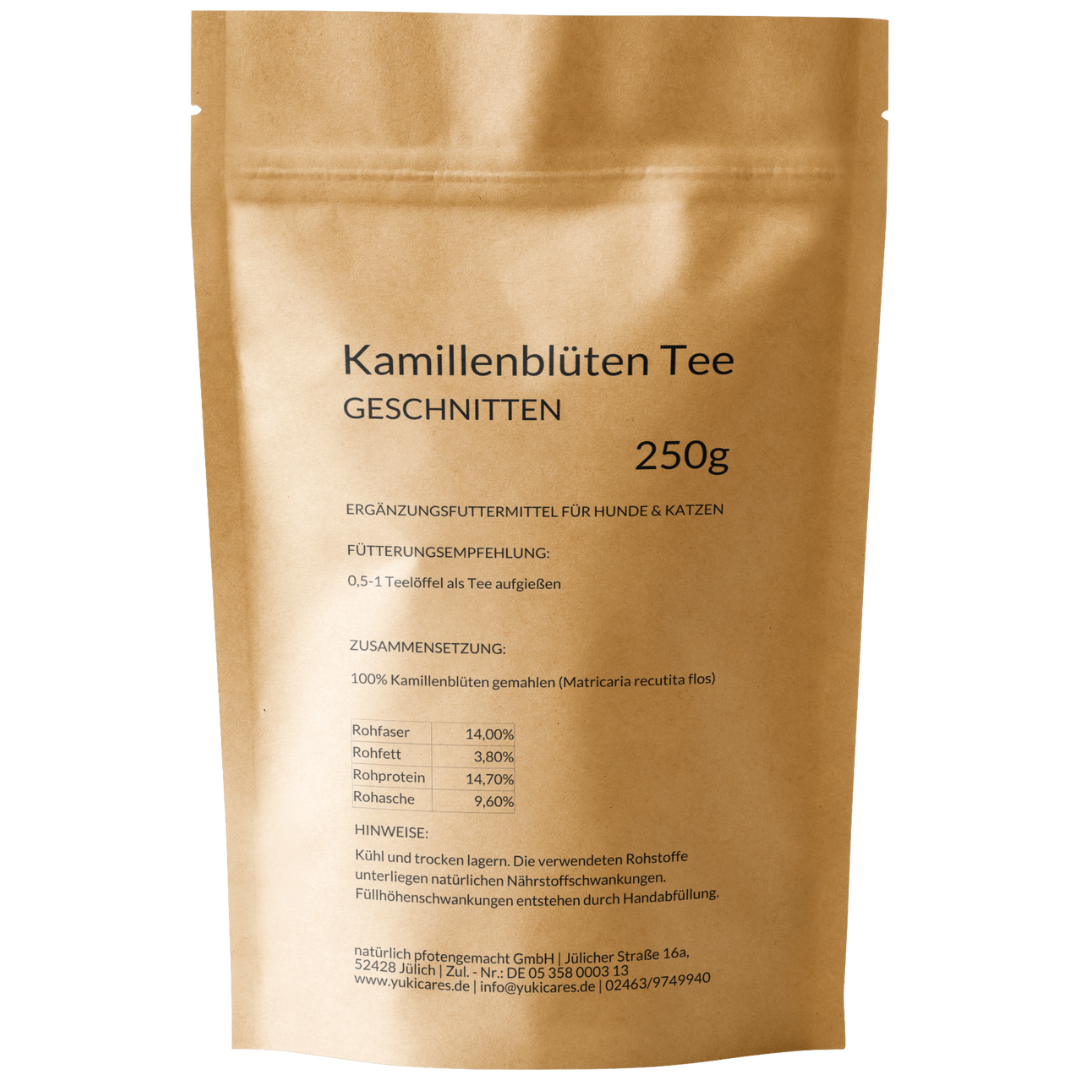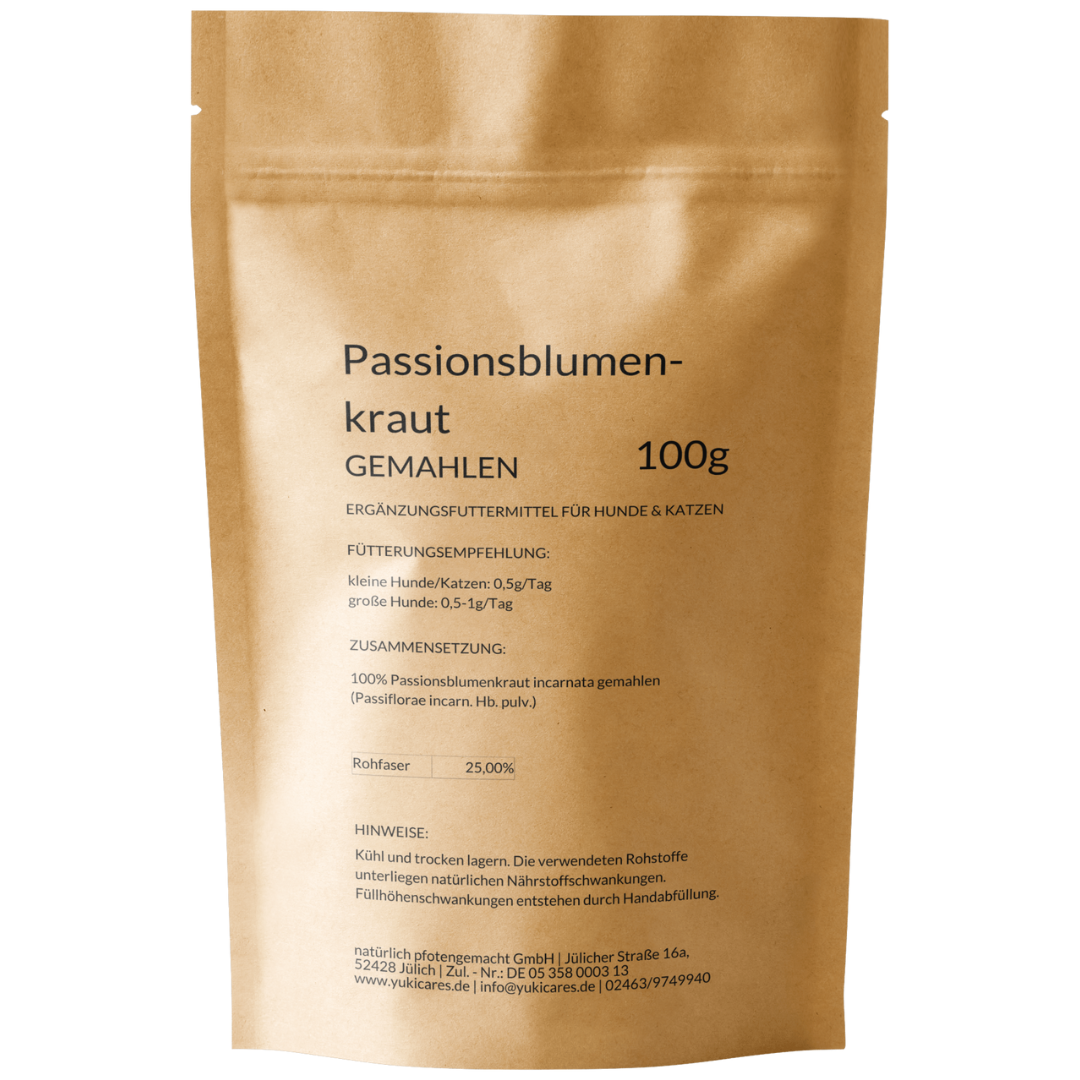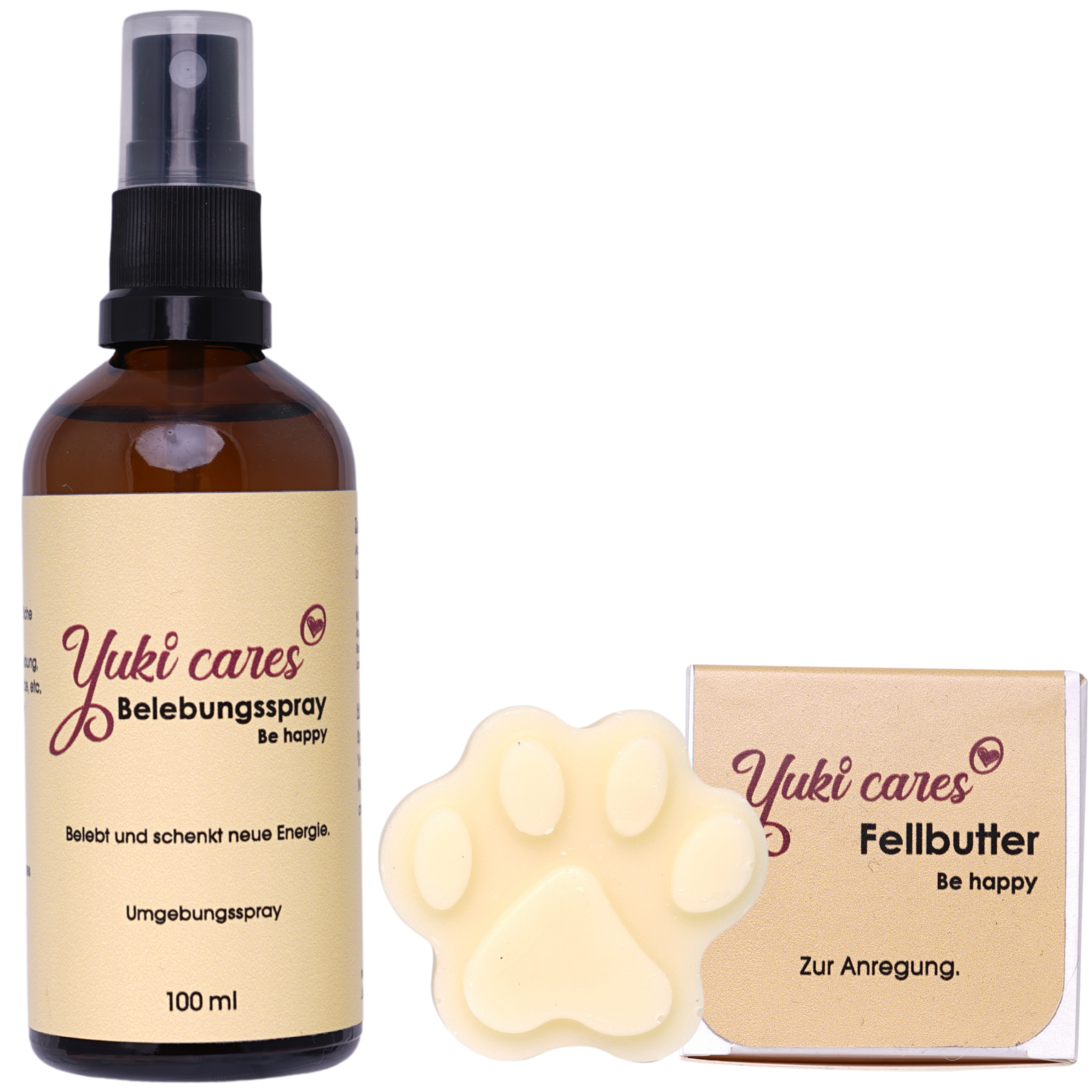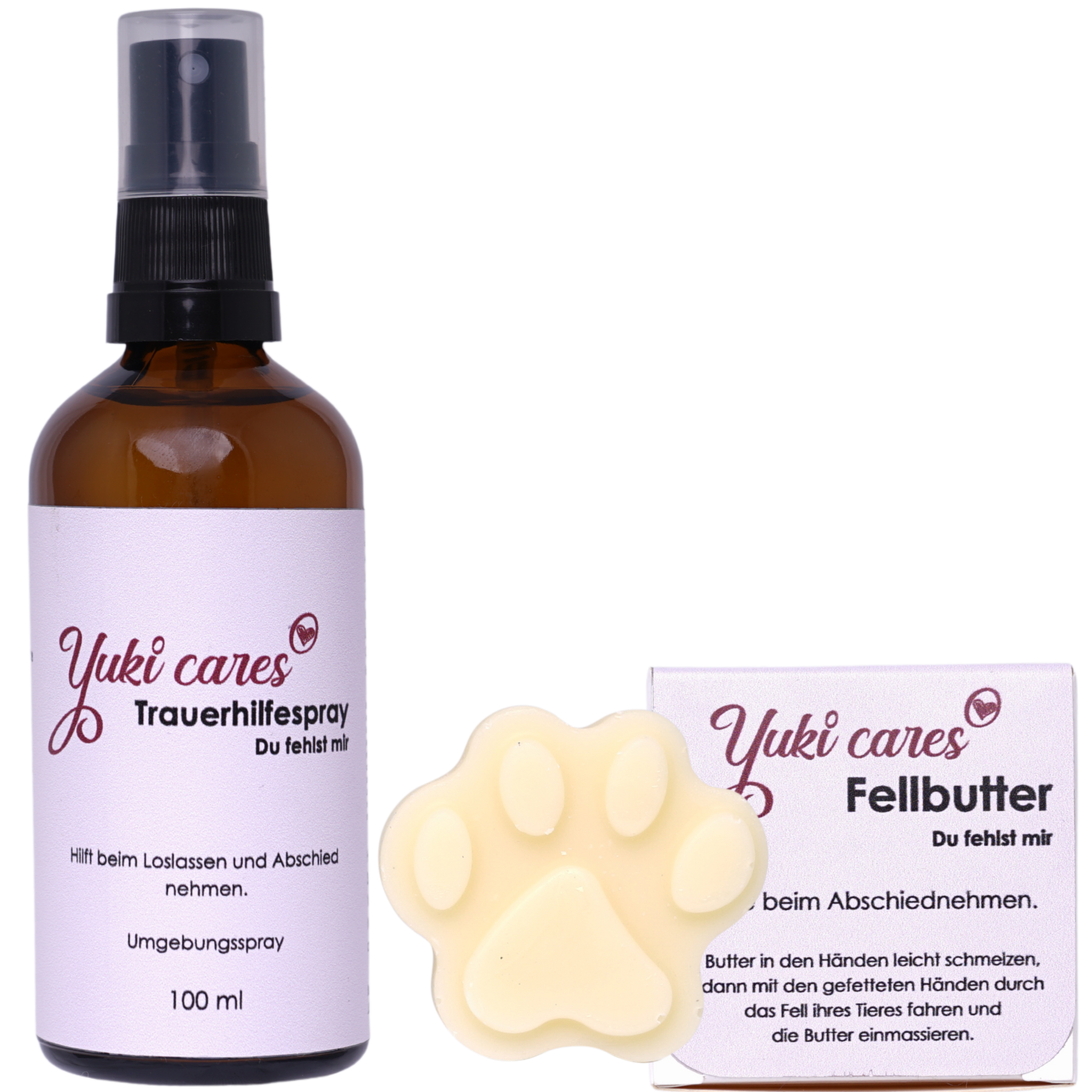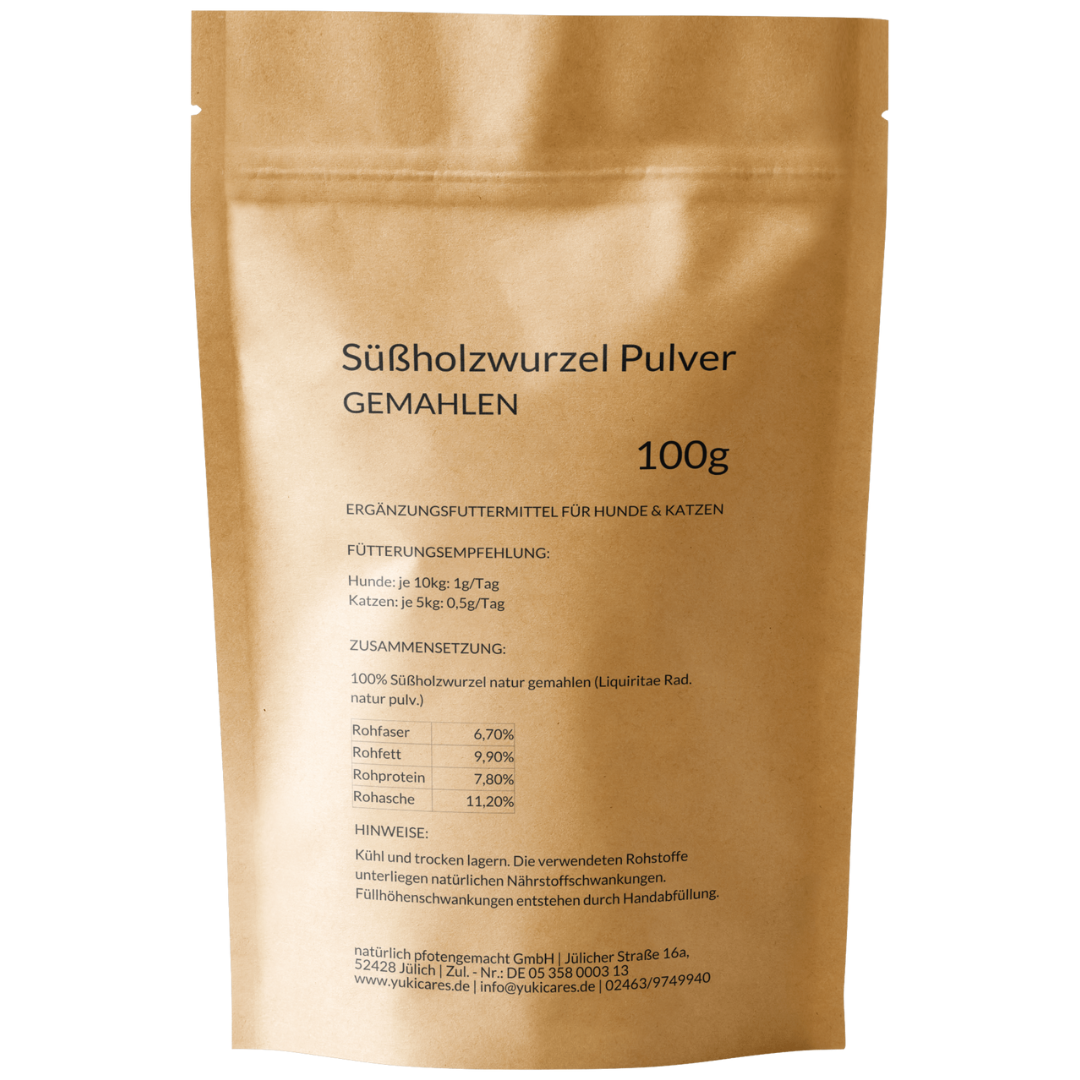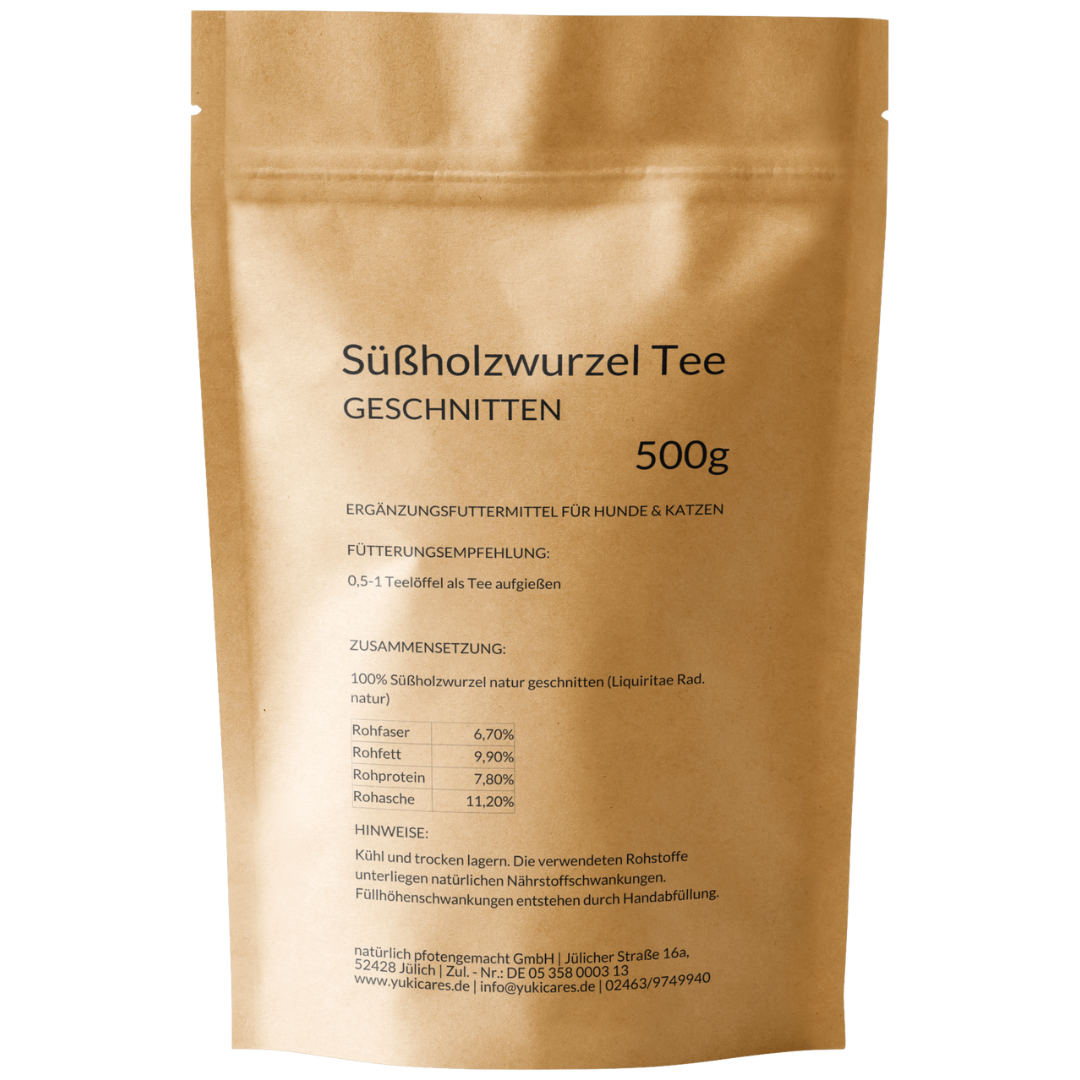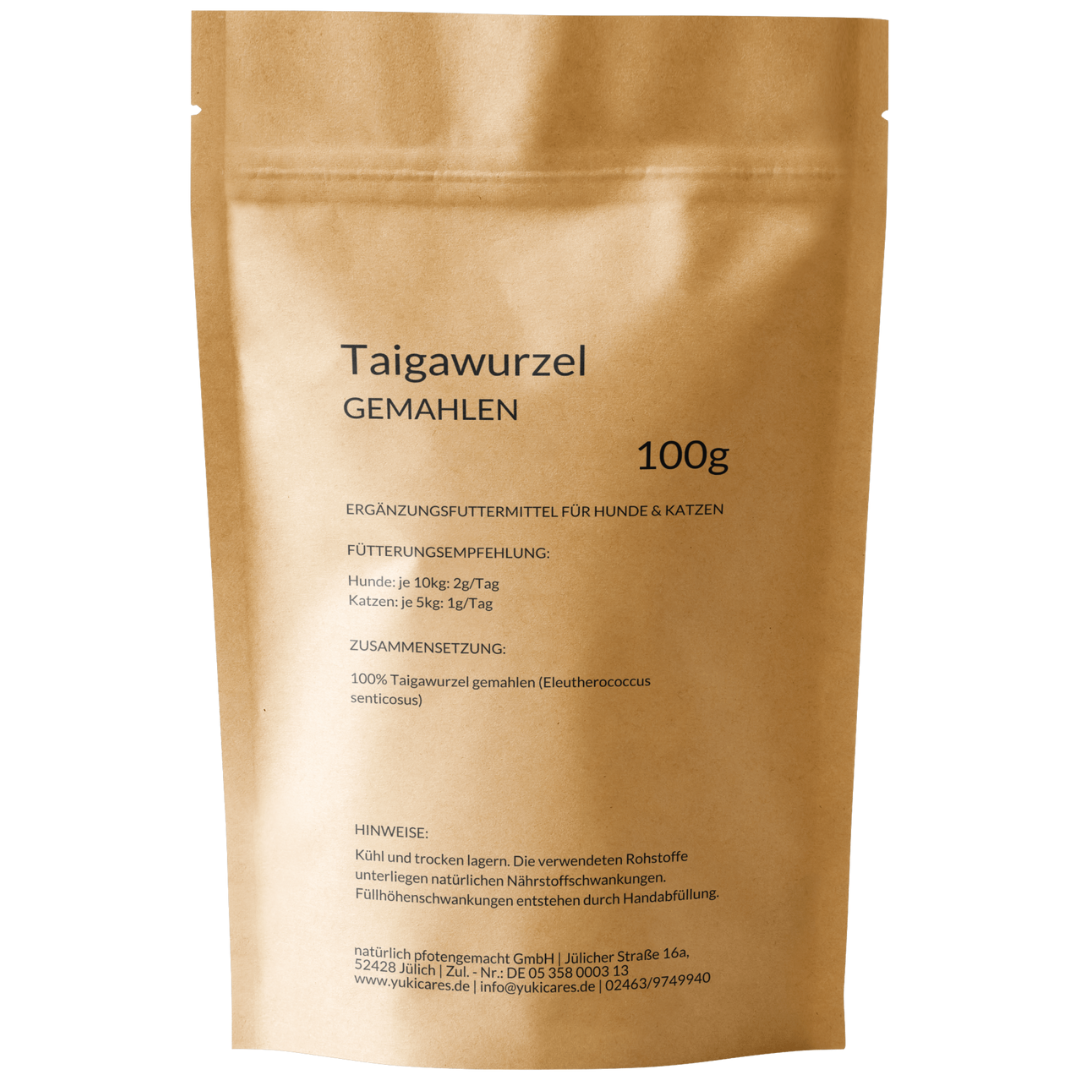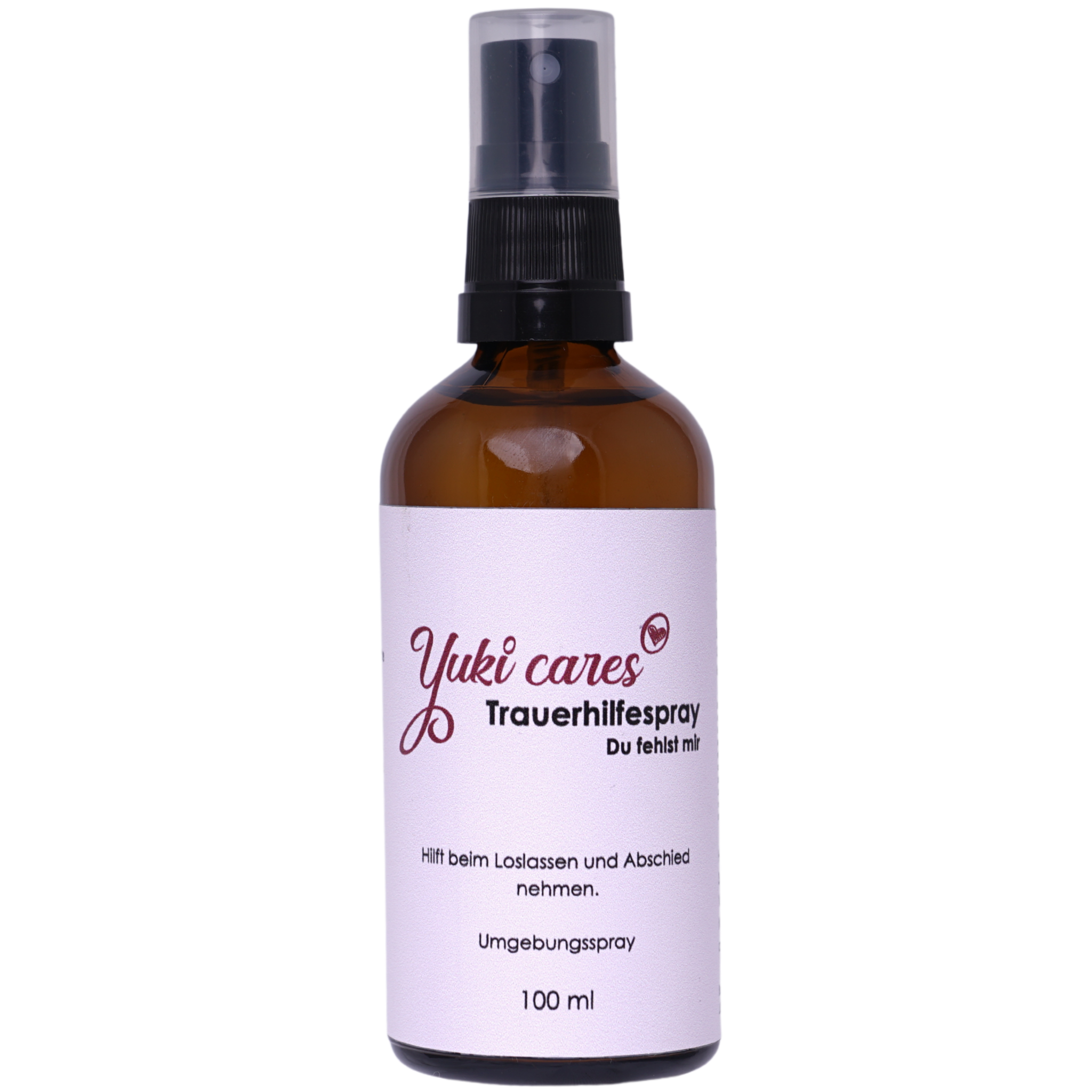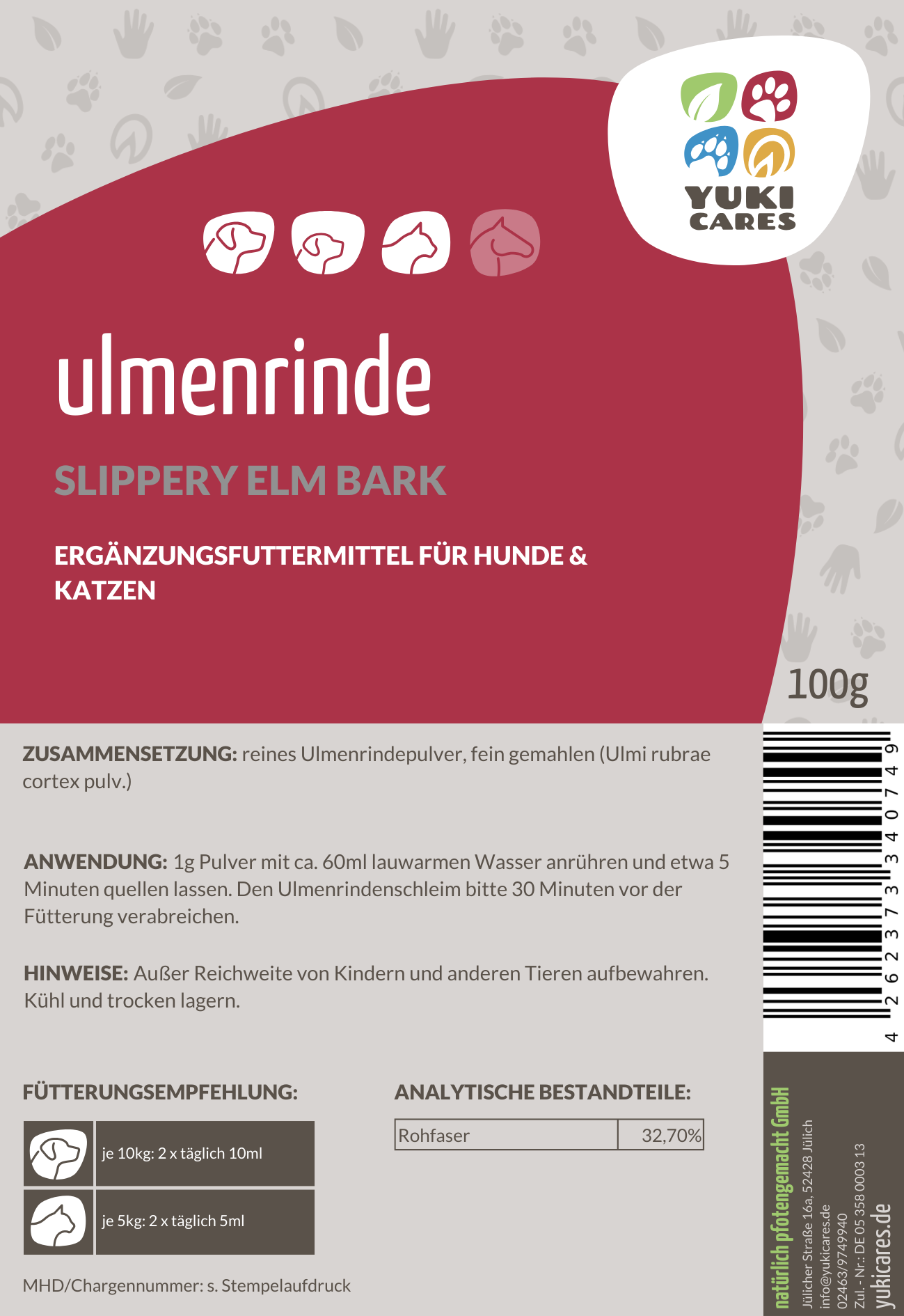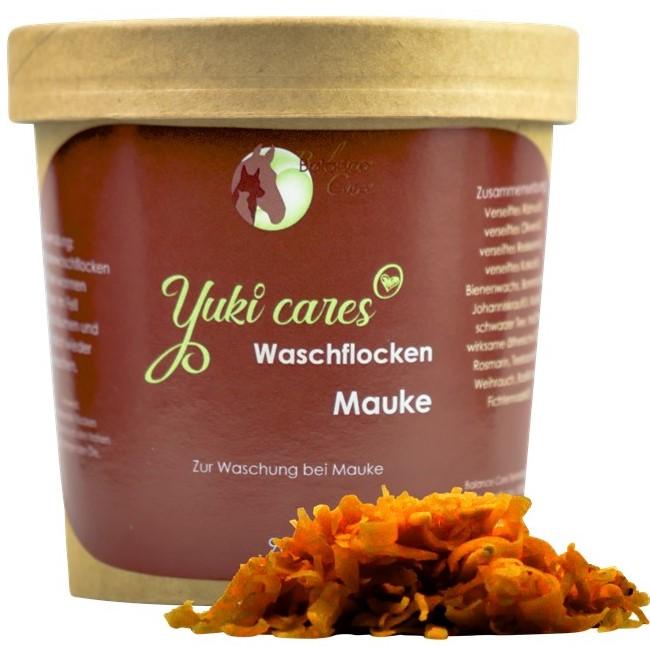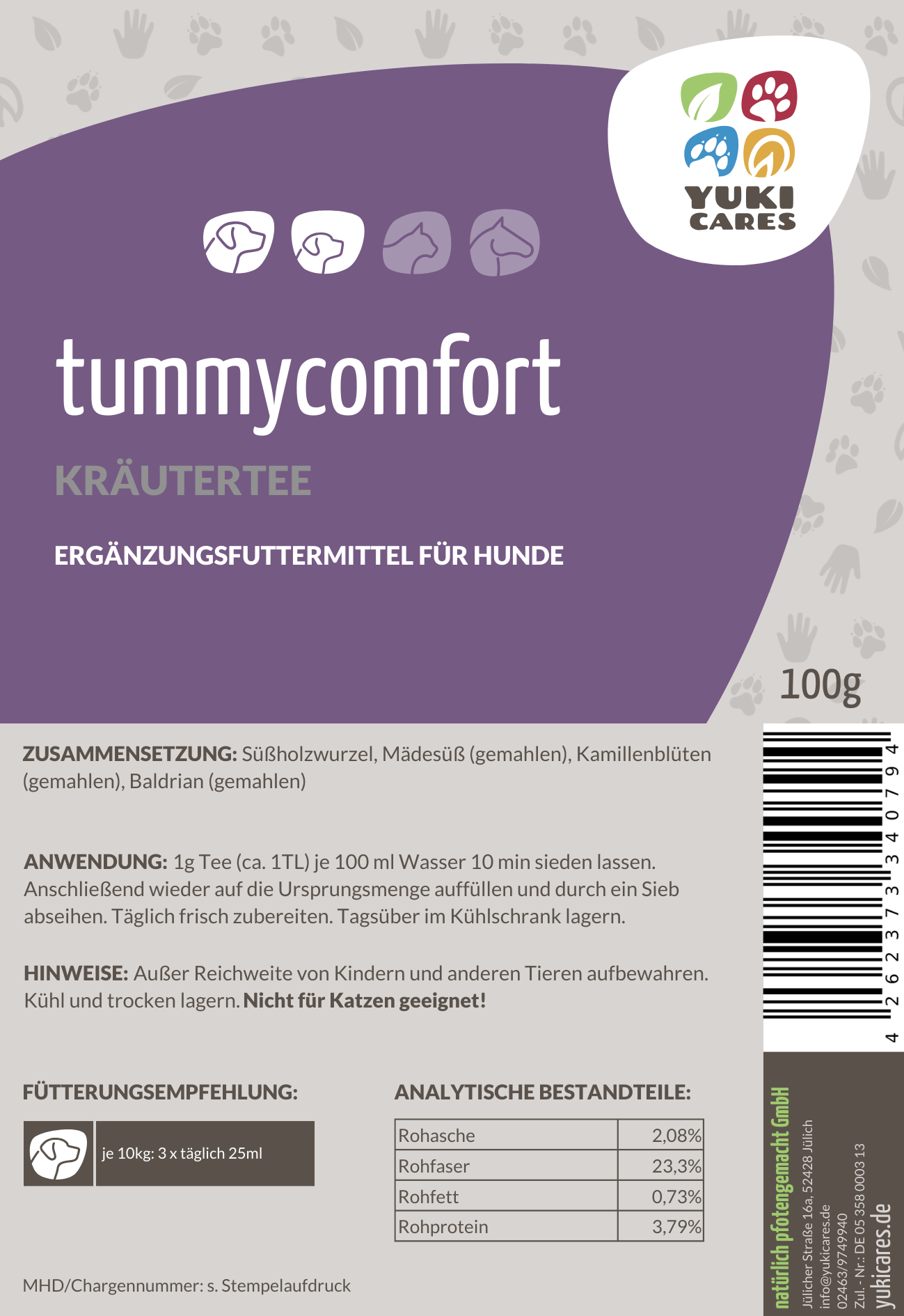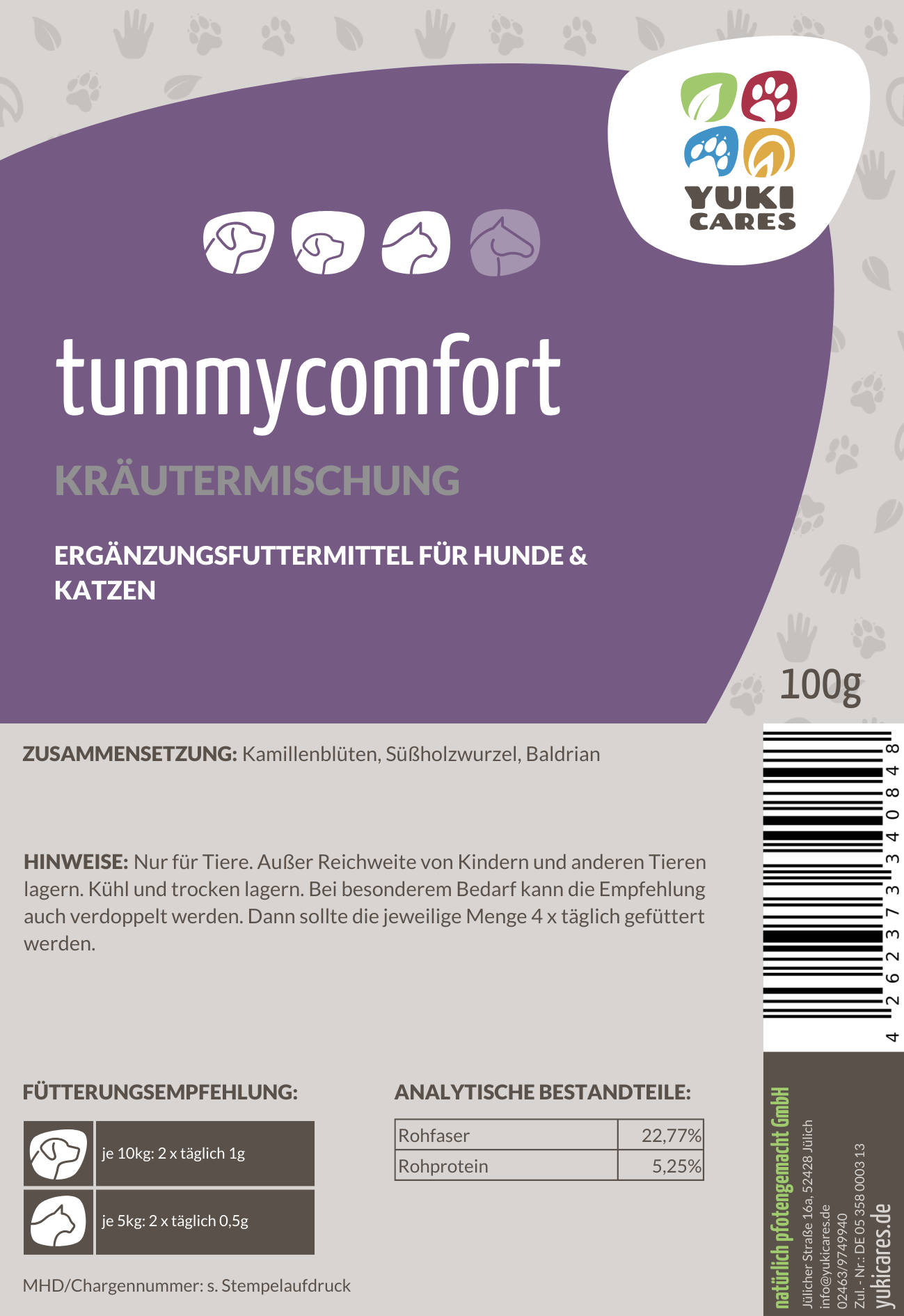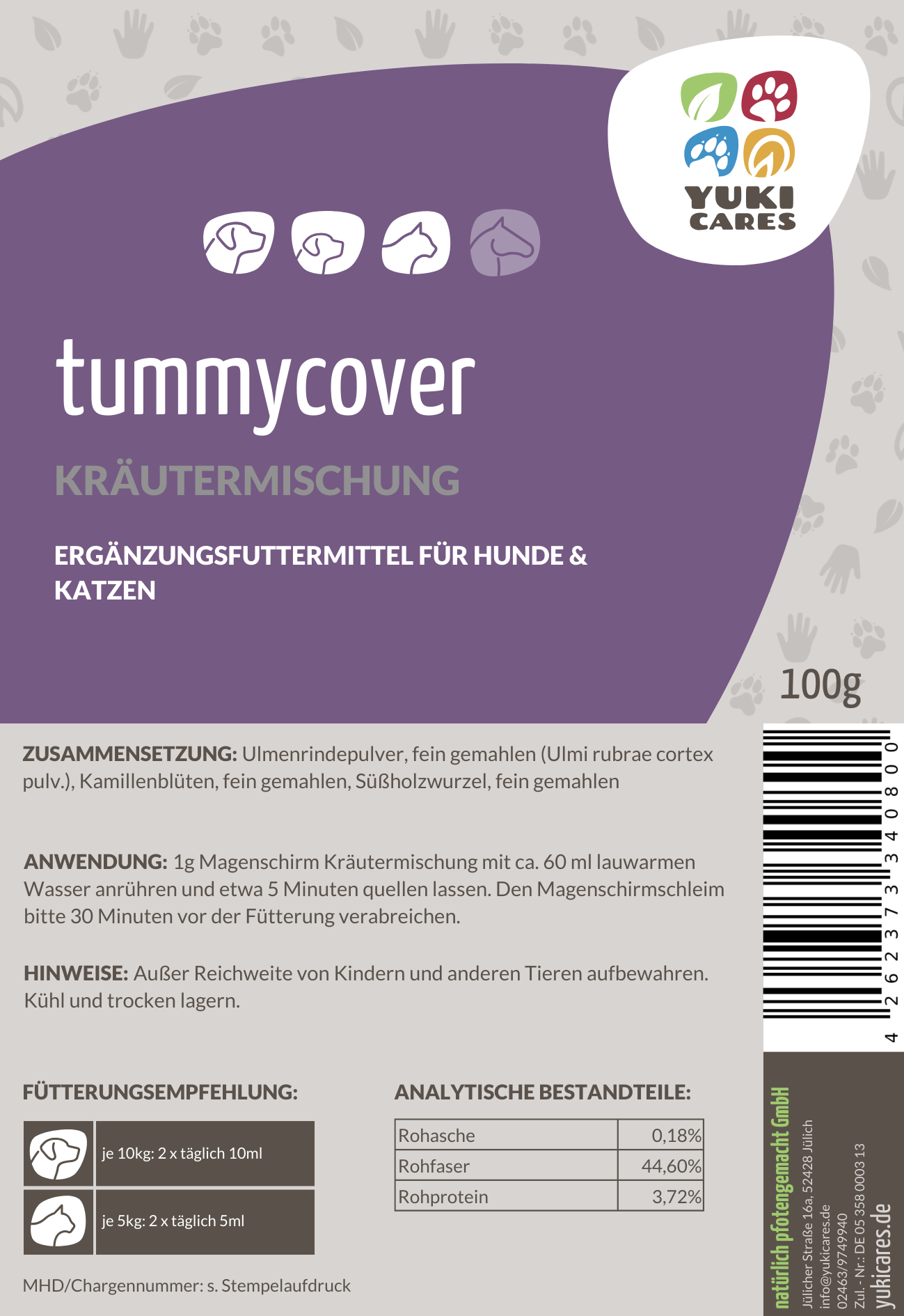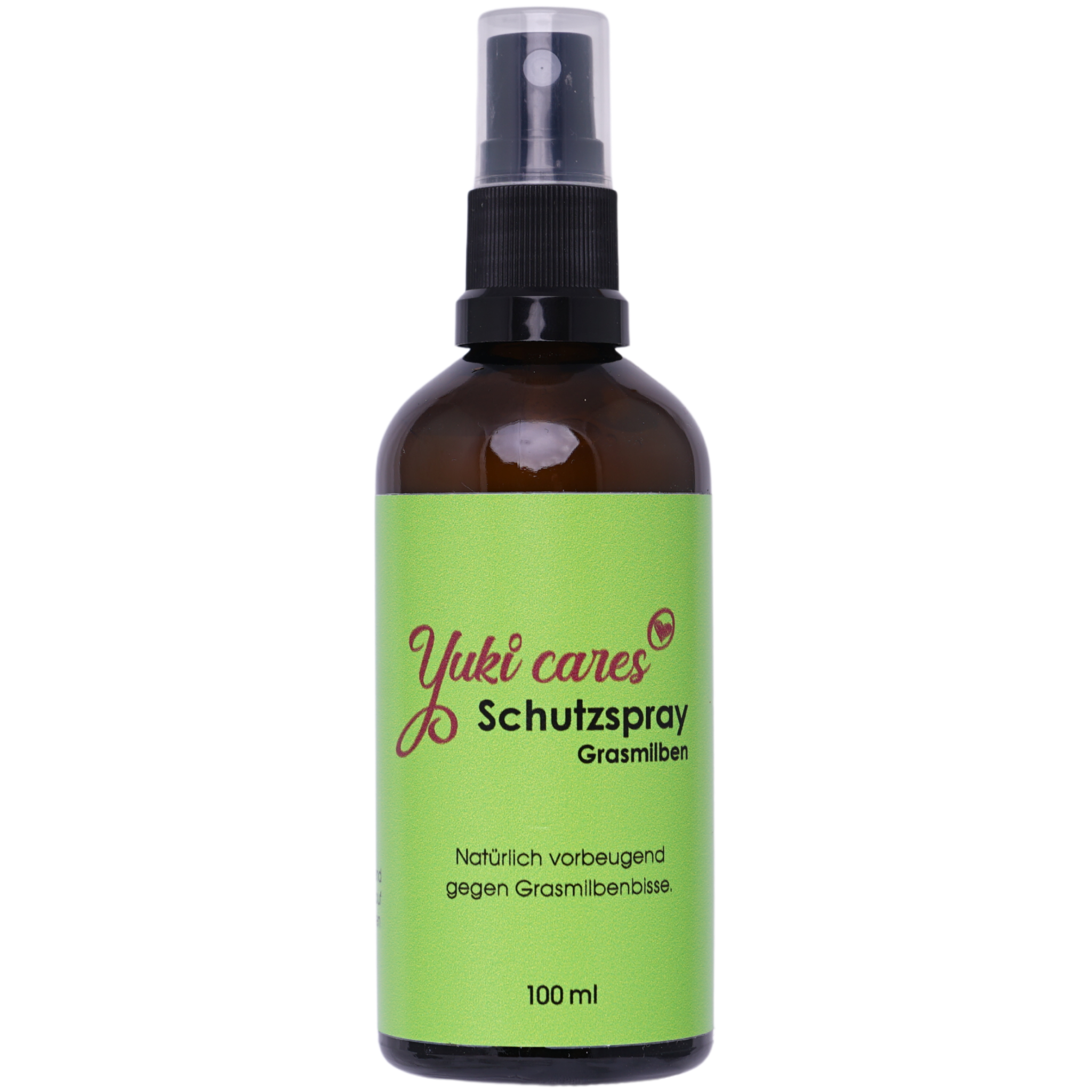Every dog owner is familiar with the "hairy" issue. Twice a year, the hair problem is particularly acute. This is not only stressful for the dog owner, but also for the four-legged friend. You can support your furry friend and also declare war on excessive shedding.
Inhaltsverzeichnis
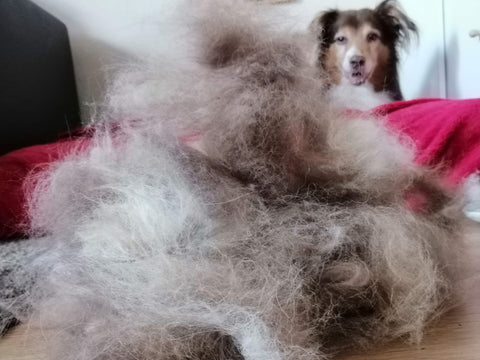
Reasons for your dog shedding
coat change
In spring and autumn, the coat is adapted to the coming season. It is not the top coat that is replaced, but the undercoat. The top coat is renewed year-round. This means that your pet sheds fur all year round. You can easily control this with regular brushing. Depending on the coat type and breed, your dog will have a lot, a little, or no undercoat. The undercoat serves as protection against cold and heat. In spring and autumn, the undercoat is completely renewed. This explains the enormous amount of hair loss at these times. A dense undercoat is "produced" for the winter. In contrast, the undercoat is thinner for the summer and serves only to protect the skin from the sun and as insulation against the heat.
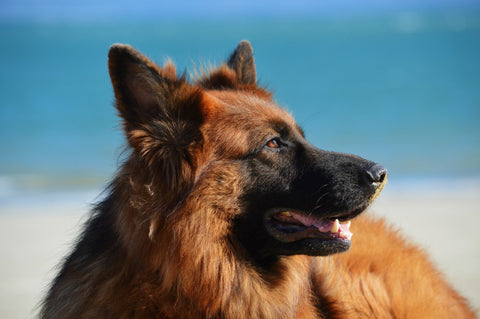
heat
Of course, your furry friend with a thinner undercoat can still suffer from heat. Especially during unusual heat waves, your four-legged friend will start shedding noticeably again. Another possibility is vacation time. Your family member is used to a moderate summer. The dog's body adapts to normal conditions. Moving to a different climate (dry and hot) or a stay near the Mediterranean triggers hair loss (undercoat). This is a normal reaction of the body. As soon as your four-legged friend loses too much hair and its protection from the sun's rays thins, there is a risk of sunburn* and sunstroke. So keep a close eye on your furry friend. Provide him with plenty of shade and cooling in high temperatures to which he is not normally accustomed.

Hormonal changes
Hormonal changes can disrupt the shedding cycle. This can lead to increased shedding or a longer shedding period (four to eight weeks). Such situations can occur after spaying or in pregnant dogs. Older dogs sometimes also have problems with the natural shedding process. The hormonal surge in male and female dogs at sexual maturity should not be underestimated. This can also lead to coat problems.
stress
Even if your four-legged friend isn't among the most sensitive individuals, stress factors can disrupt his mood. This sometimes manifests itself in increased hair loss, even partially bare patches. This is especially true if he also excessively licks or nibbles on his body or legs. Stressful situations can arise for a variety of reasons:
- Everyday situation has changed (separation from life partner, “divorce orphan” or new life partner has been added)
- Change of environment (moving)
- Changes in the four-legged roommates' living arrangements (death, new addition)
Sometimes very banal reasons are responsible for this body reaction (boredom, understimulation, being alone)
Medical reasons
This is often the cause of excessive hair growth and bald patches. Other symptoms can also occur alongside the coat problem. Every four-legged friend has its own body odor. If this changes and you find the current smell unpleasant, it could be the dog food. Likewise, flaky skin and increased itching can also indicate the wrong food. There are various triggers:
- Poor quality feed
- Allergy to ingredients in the food
- drastic change in food (no slow transition)
- sensitive stomach/intestinal area (intolerance)
A pest infestation can also cause coat problems, with accompanying symptoms of itching and flaky, dry skin. Your furry friend exacerbates this condition by scratching, nibbling, and licking. This can cause additional inflammation* , which makes things even worse.
The culprits can be:
- Mites (grass mites, hair mites)
- Fleas
- Lice
- Ticks
- Worm infestation
On the other hand, active protection against vermin (fleas, ticks) can trigger an allergic reaction in sensitive skin. Localized hair loss with bare patches and itching could indicate this.
Various types of skin fungus or an autoimmune disease can also be a symptom of this condition, and the possibility of leishmanniasis is often overlooked. In any case, you should take your pet to the vet. They will determine the cause through thorough examination, and the appropriate treatment will support the healing process. With patience, your pet will soon feel comfortable again.
If you're sure the dog food is the cause, return to your previous food. The effects (hair loss, itching, or similar) won't go away immediately. The body needs time to adjust. As soon as you notice an improvement, you're on the right track. If the skin and coat condition doesn't improve after a while, a visit to the veterinarian or an appointment with an animal nutritionist is necessary.
What can you do when things get extreme?
Feeding
Use high-quality dog food at any age. The ingredients in quality food should be well-balanced. This way, you can prevent deficiencies that can affect the coat and skin. Of course, your four-legged friend should enjoy the food and tolerate it well. Dogs are individual creatures. The right food for your pet is always what they like, what is healthy, and what is tailored to their needs (age, activity level). You are free to make your own decisions. You can choose dry food, wet food, or raw feeding. With raw feeding, the right combination of minerals and nutrients is up to you. Expert recommendations from nutrition experts can help you with this. And if you are unsure about the quality of your dog food, you can also consult a nutritionist .
Feed additives
Shedding periods are particularly stressful for the body. Support it. Depending on the breed and hair type, this change of undercoat lasts between four and eight weeks. A balanced diet alone can achieve a great deal. With special supplements, you can sometimes shorten the duration of these "hairy" periods. Vitamin B, vitamin C, and unsaturated fatty acids are helpful.
Vitamin B
This vitamin is found in brewer's yeast. A brewer's yeast treatment will help you achieve a shiny and beautiful topcoat. It also facilitates the molting of the undercoat. Brewer's yeast can reduce excessive shedding. Brewer's yeast does have one drawback: It should not be used by dogs with allergies or epileptics. It's best to consult your veterinarian first.
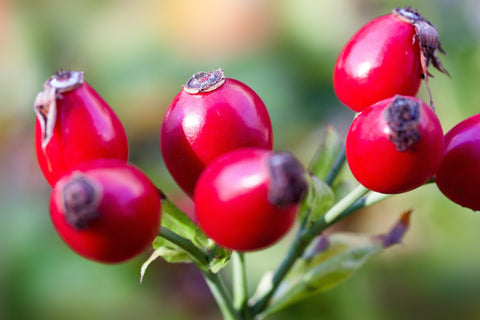
Vitamin C
Normally, the dog's body produces its own vitamin C. Occasionally, you can give it a little extra help. Vitamin C strengthens the immune system. Weakened or gray muzzles can use help during the strenuous shedding process. With a weakened immune system (during shedding season), they are more susceptible to other diseases (e.g., skin fungus). Rose hips contain vitamin C. Sprinkle some rose hip shell powder over their food and you'll give your pet the boost it needs during this difficult time.
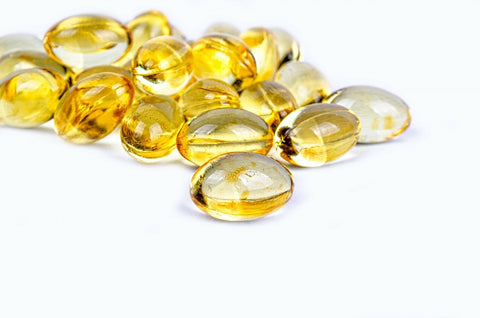
Unsaturated fatty acids
These fatty acids are found in many oils, but there are only a few that are truly beneficial for dogs, as dogs can produce some of these fatty acids themselves. It's best to use a high-quality 3-6-9 oil, an oil blend whose essential fatty acid composition is perfectly tailored to dogs and cats. It should primarily consist of fish oil and borage oil as a source of vitamin E. Other suitable oils, for example, for allergy sufferers, are (in that order) krill oil, algae oil, linseed oil, and hemp oil. Oils that are valuable for humans, such as safflower oil or even olive oil, are virtually useless for dogs, as dogs have different essential fatty acids than we do. And the very popular black cumin oil isn't used to balance unsaturated fatty acids, but is used therapeutically for respiratory diseases. Dosage should be very careful here, as it contains a high proportion of essential oils, which puts a strain on the liver. You can simply sprinkle the oil onto your dog's daily food. You should dose cautiously at first. This unfamiliar additive can cause diarrhea. Some recommend 1 teaspoon per 10 kg of body weight. It's recommended to start with less and, if tolerated, gradually increase to the daily dose. Depending on the feeding method, you can dose up to 1 ml of 3-6-9 oil per 100 g of feed. These oil additives promote shiny hair and help the animal with shedding. They also support the immune system during the transition period. Horse owners are no stranger to this; linseed oil and hemp oil, for example, are particularly beneficial for horses.
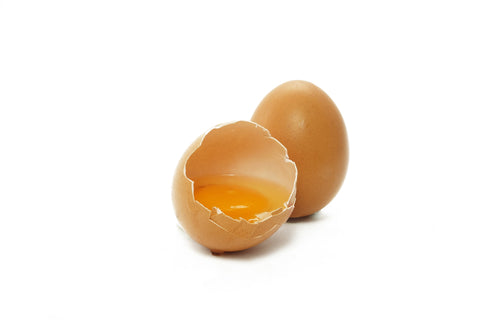
Biotin
Not only does brewer's yeast contain biotin, but so does the egg yolk. Sometimes a raw egg yolk is more to your four-legged friend's taste than brewer's yeast. Besides, you usually have eggs at home. Here, too, there's a rule of thumb: one egg yolk per 10 kg of body weight per week. The egg yolk is good for the coat and skin. You can generally integrate the egg yolk into your dog's diet and increase it during the spring and autumn.
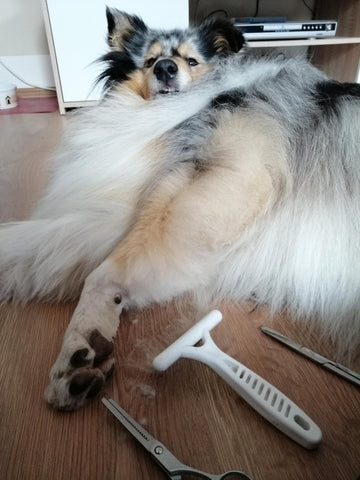
Dog care
No matter what type of coat your four-legged friend has and how often you brush or comb him, you should do this daily during the shedding period. These 10 to 20 minutes a day have two practical effects. Firstly, you remove the dead hair (undercoat) and secondly, you significantly reduce the number of fluffy bunnies flying around your apartment or house.
There are always the right brushes or combs for wire-haired dogs (short or long), felt-haired dogs, and short or wavy coats. (Information on the different coat types can be found in this article here .) This daily dog grooming removes the undercoat, prevents matting, and removes pests and debris from bushes and grass. You can further refine this active assistance during the "hairy" season.
Use a mild dog shampoo or dog soap to remove dirt. During shedding season, the weather can be changeable, with rain and soft ground. These additional measures will make the coat cleaner and softer, making brushing easier. Furthermore, massaging during bathing will help loosen dead fur, allowing you to comb out more fur afterward. To prevent the skin from drying out due to frequent washing, you should also use a coat butter .
Dog shampoo or dog soap to remove dirt. During shedding season, the weather can be changeable, with rain and soft ground. These additional measures will make the coat cleaner and softer, making brushing easier. Furthermore, massaging during bathing will help loosen dead fur, allowing you to comb out more fur afterward. To prevent the skin from drying out due to frequent washing, you should also use a coat butter .
Especially for coat problems caused by psychological reasons, these grooming sessions work wonders. Your four-legged friend enjoys spending time with you. They'll lie on their side or back and stretch out their legs so you can reach everywhere with your brush, comb, or grooming glove (with rubber tips). You'll achieve several things at once:
- Removal of dead hair
- Deepening the dog-human relationship
- Relaxation and well-being of your four-legged friend
To support this effect, you can massage the fur butters Cool down (against stress) or Feel safe (against fear) into his fur and onto his skin.
To avoid pulling when combing, you can spray the conditioner combing aid into the coat and comb it in.
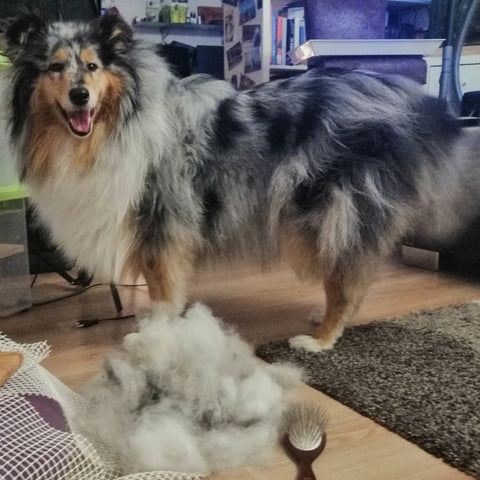
Once the shedding phase is over, you can scale back your grooming to your normal level. Don't make the mistake of continuing this intensive grooming routine year-round. Overgrooming can trigger a new coat problem. The skin becomes more sensitive, the undercoat thins, and the skin's protection against wind and weather no longer functions adequately. Furthermore, overgrooming can lead to an oily coat or, in the worst case, skin infections due to a disrupted skin microbiome.
These dog breeds shed heavily
Long-haired breeds generally shed more hair and require more grooming. But unfortunately, you can't rely on this rule of thumb.
Below is an excerpt of dog breeds with severe hair loss:
- Newfoundland
- Bernese Mountain Dog
- St. Bernard
- German shepherd dog
- Siberian Husky
- Golden Retriever
- Labrador Retriever
- pug
- beagle
These dog breeds shed less fur
In general, four-legged friends with short hair shed less hair. Curly and wavy hair are the favorites, but these require regular clipping.
Below is an excerpt of dog breeds with little hair loss:
- Hairless dogs
- poodle
- schnauzer
- Maltese
- Chihuahua
- Havanese
- Water dogs (Portuguese, French)
- Fox Terrier (Wirehaired)
- Shar Pei
Text by Balance Cure Tierheilpraxis & Textbroker / Pamina 2
Photos by Balance Cure Animal Healing Practice & Pixabay
